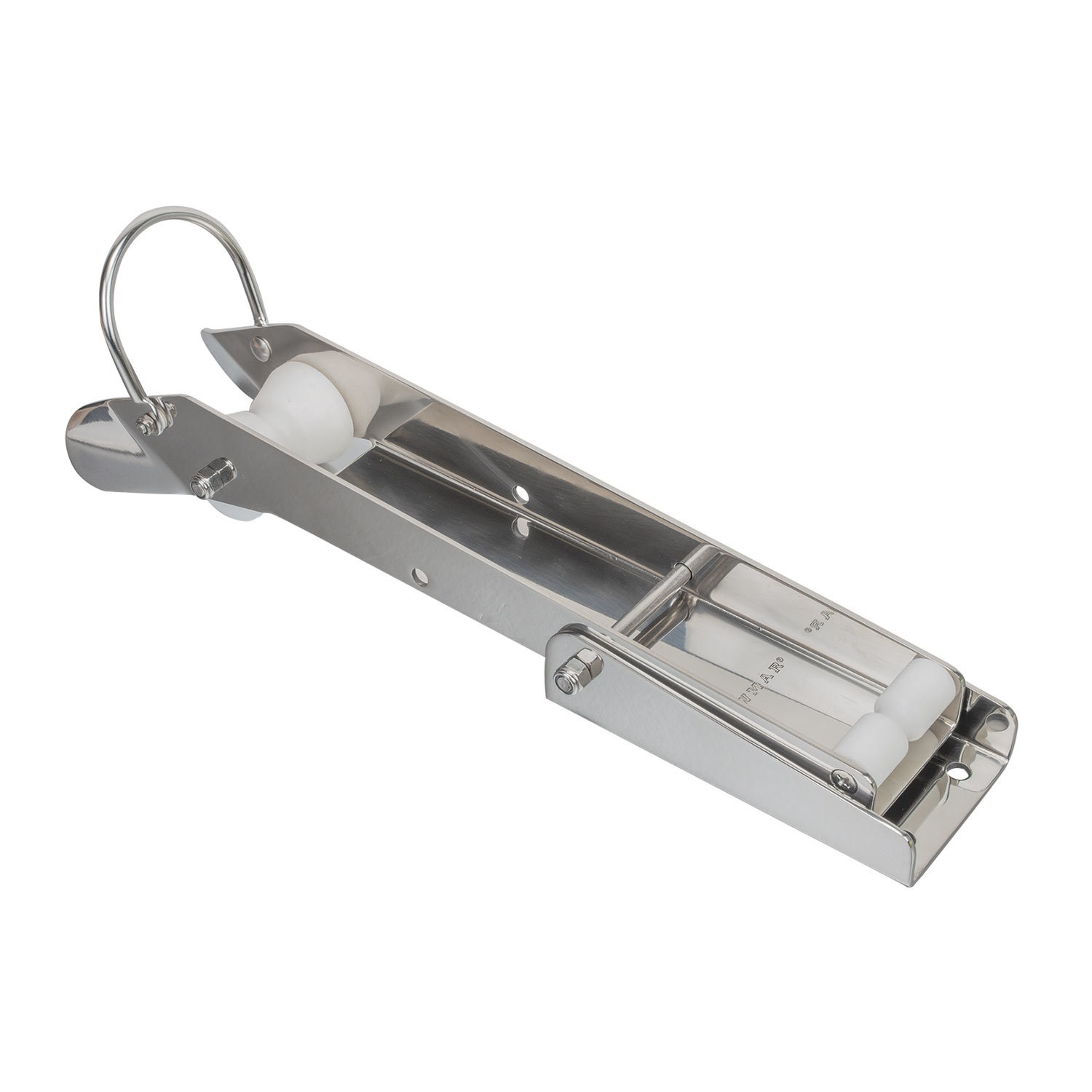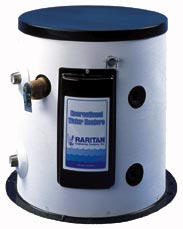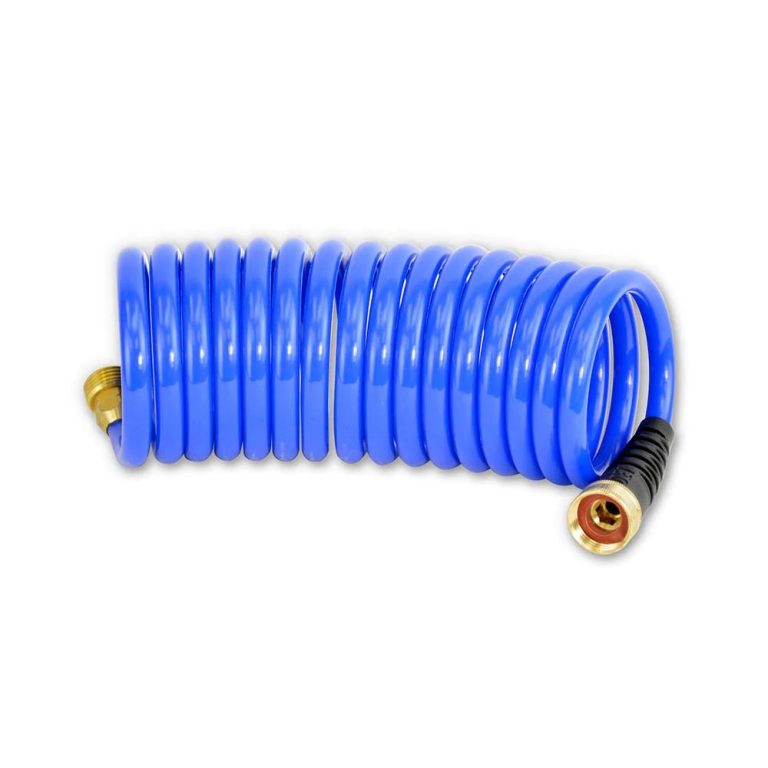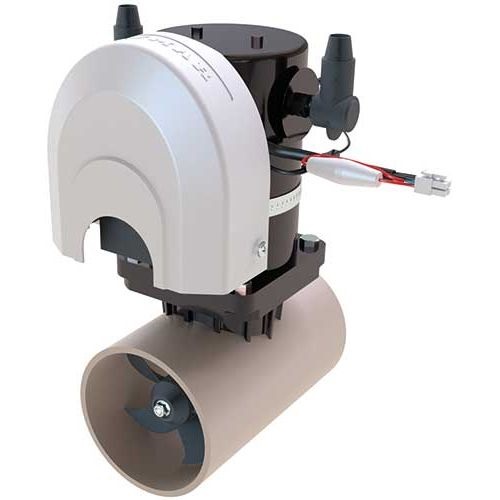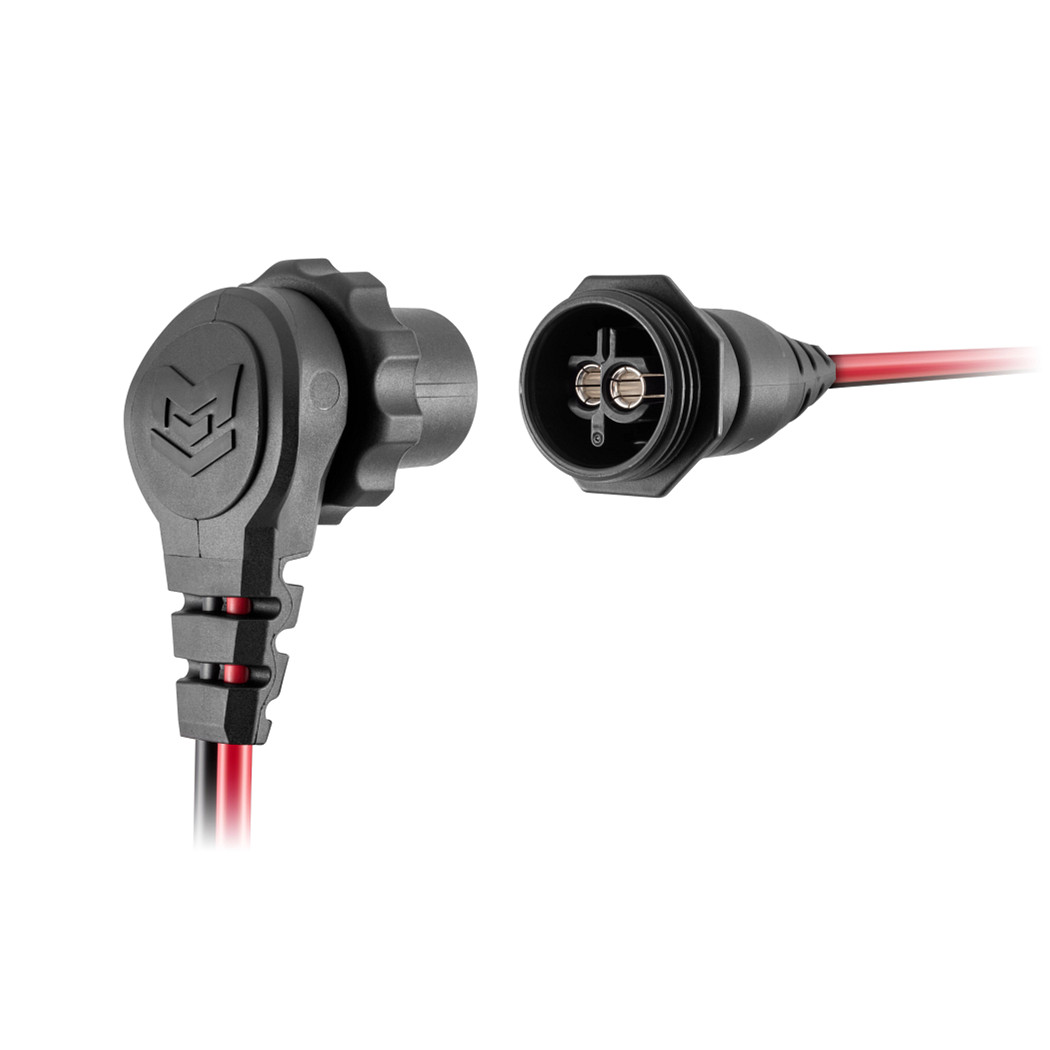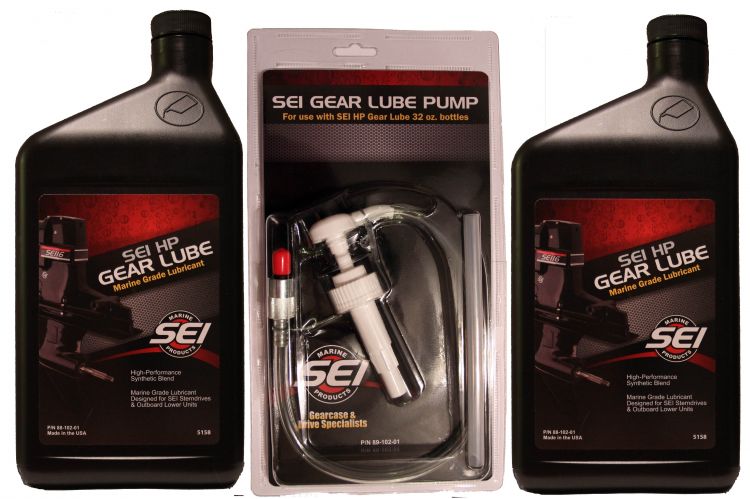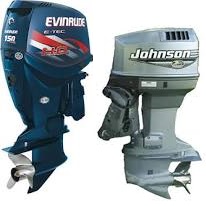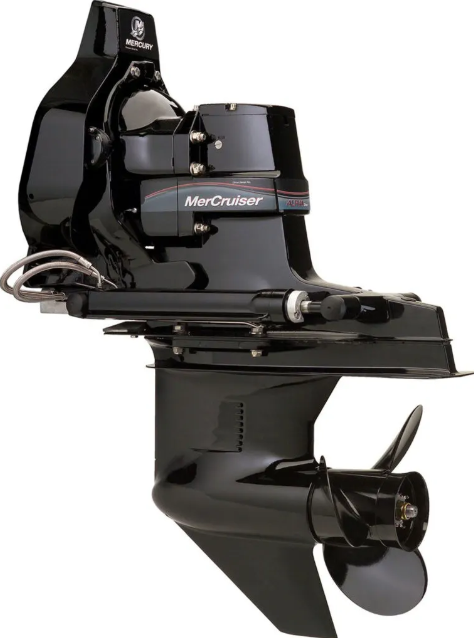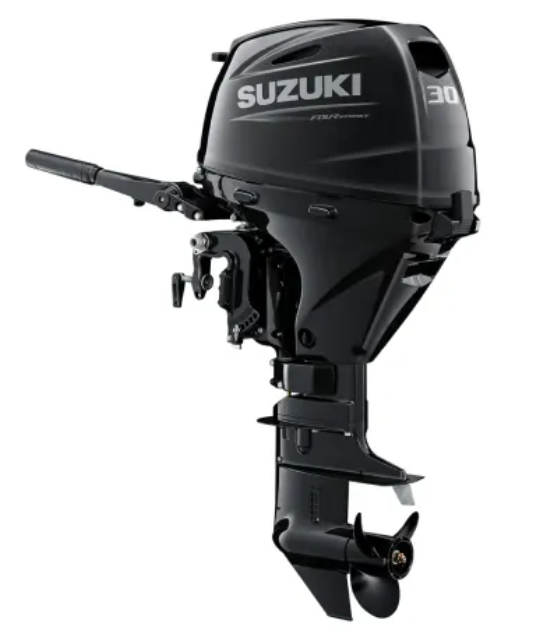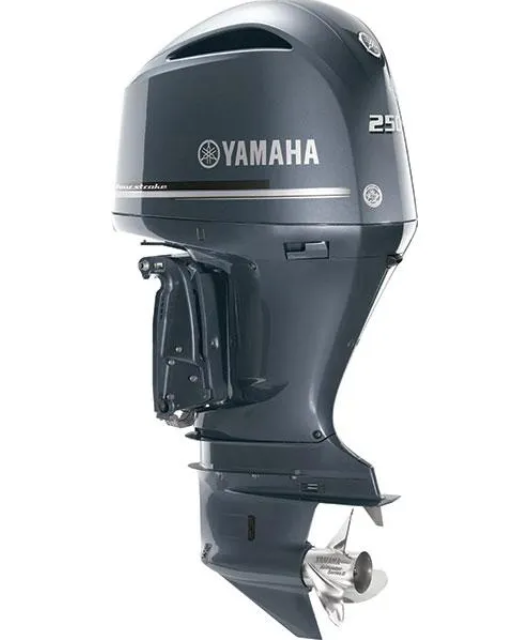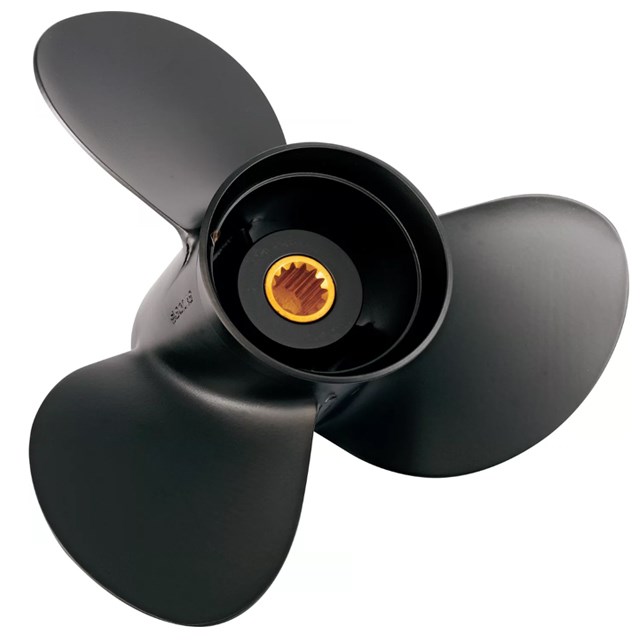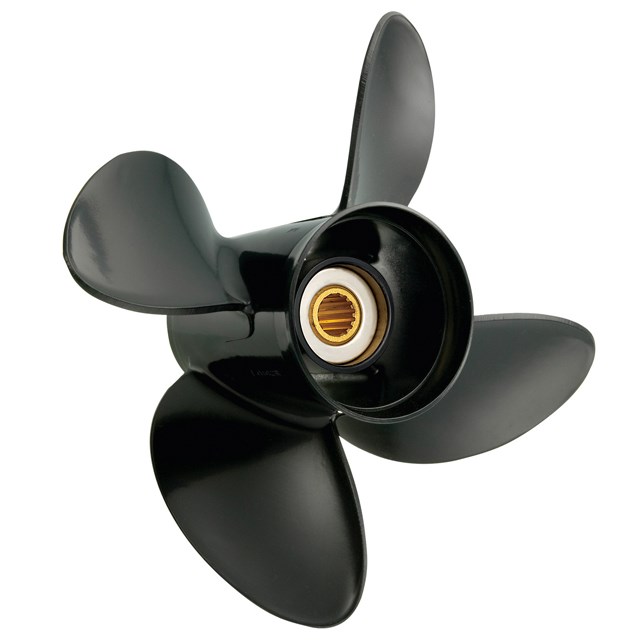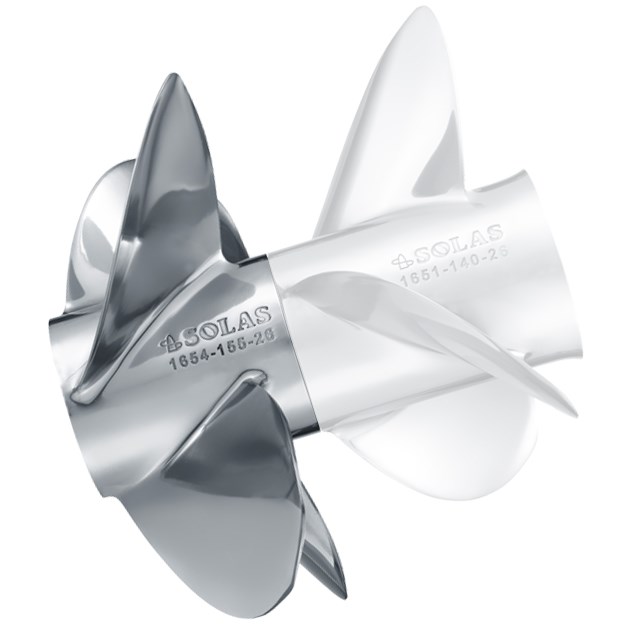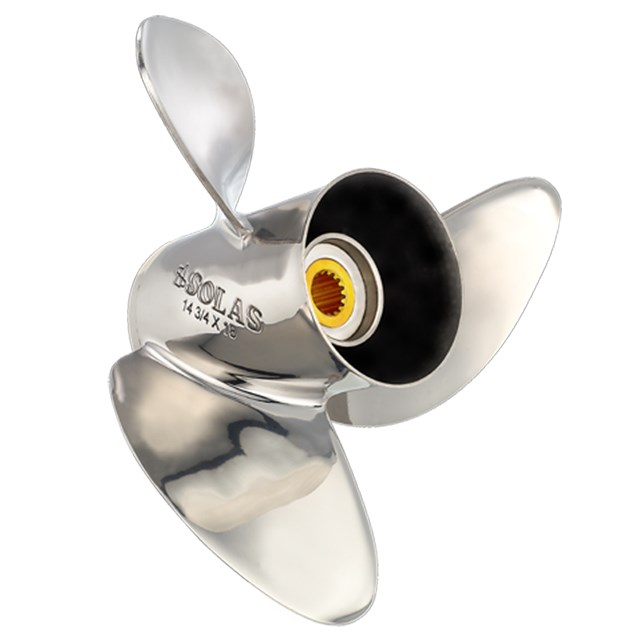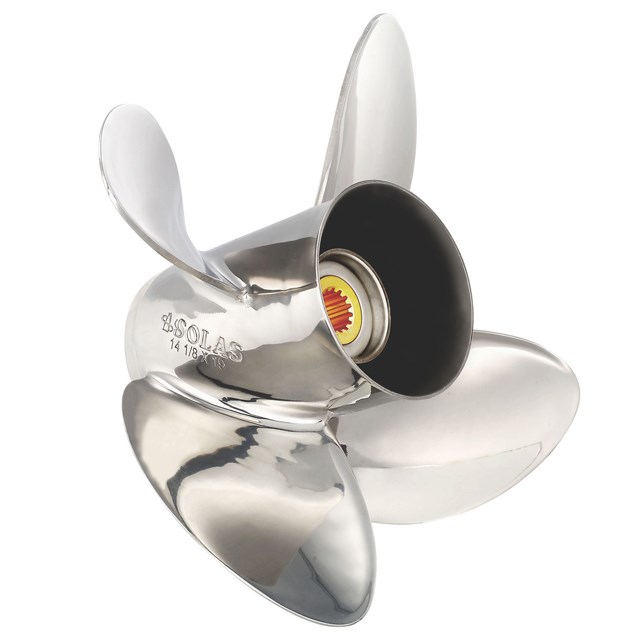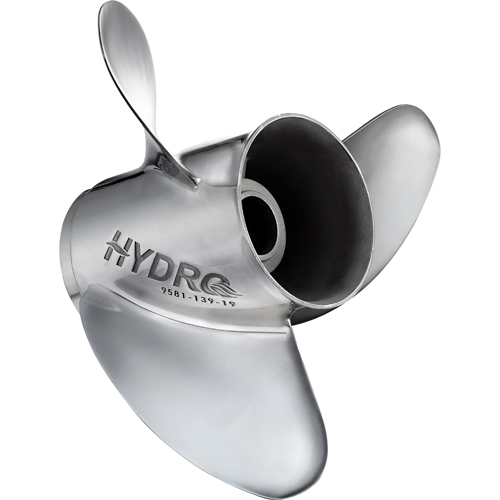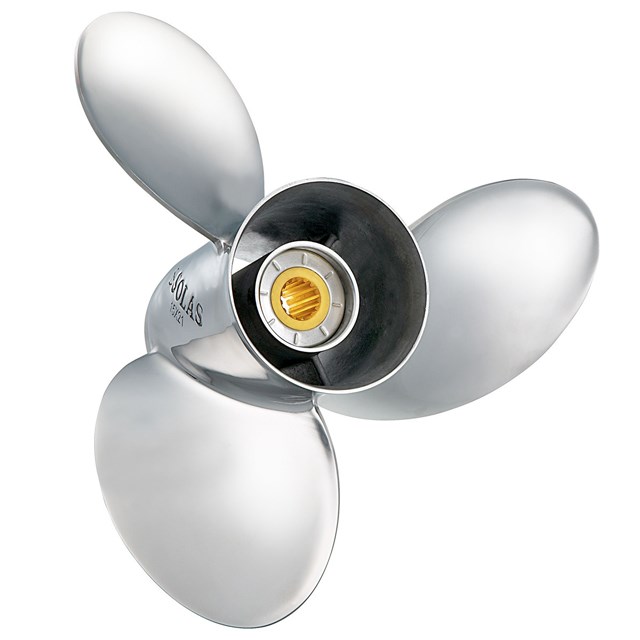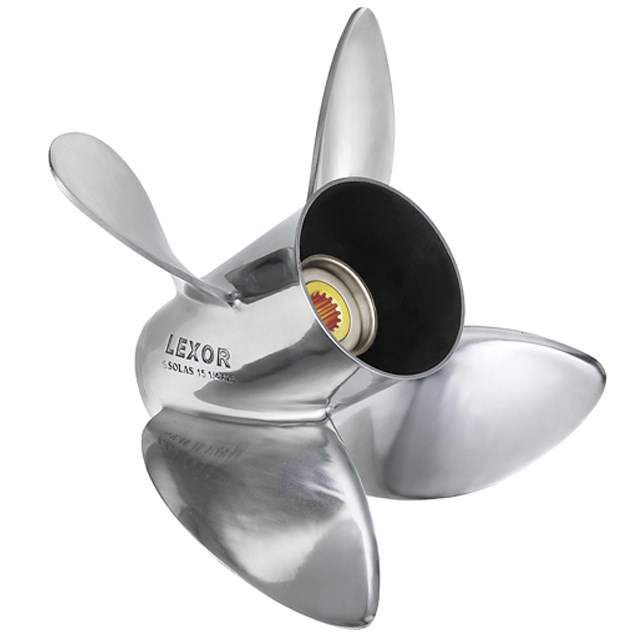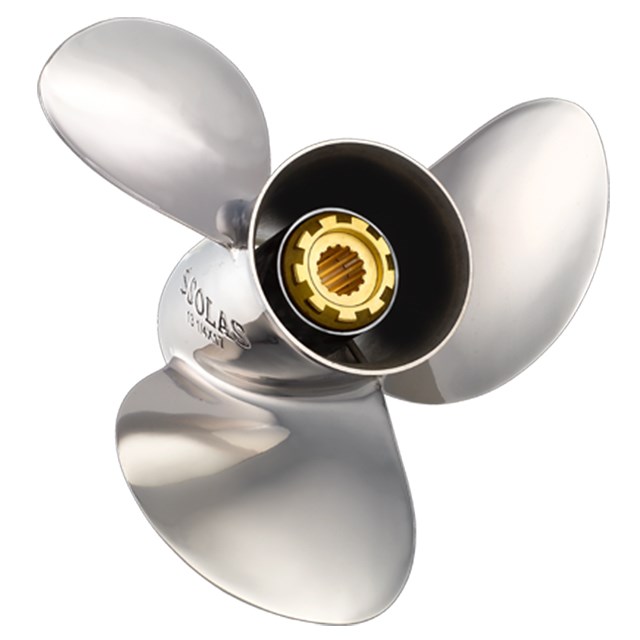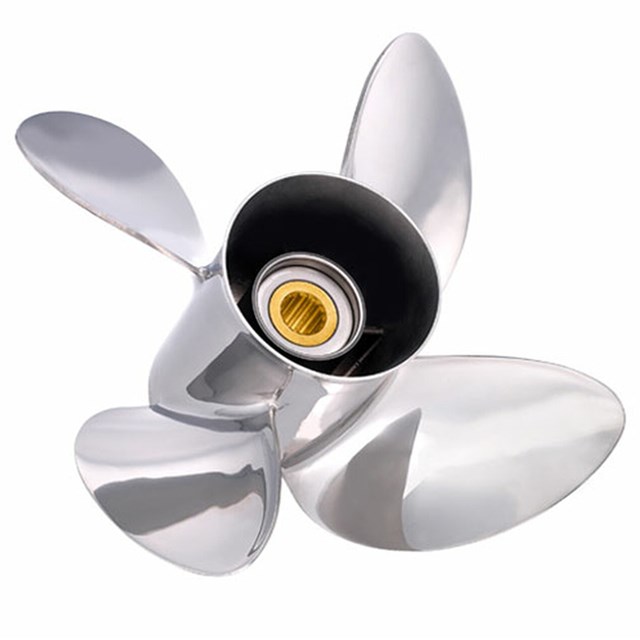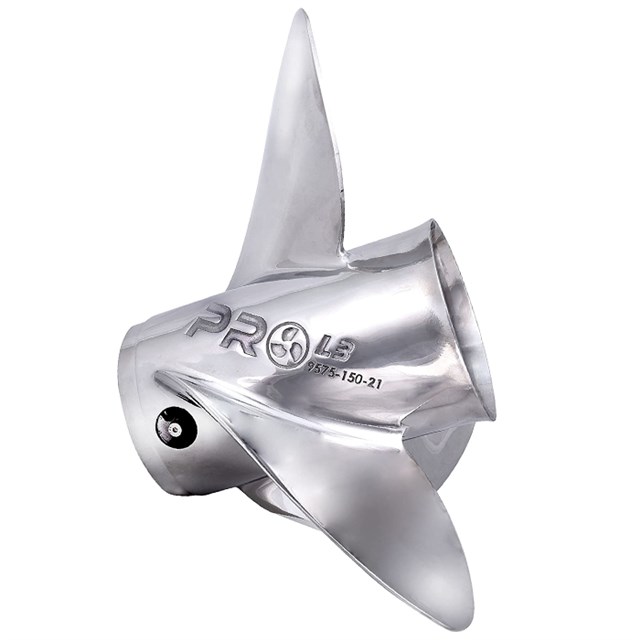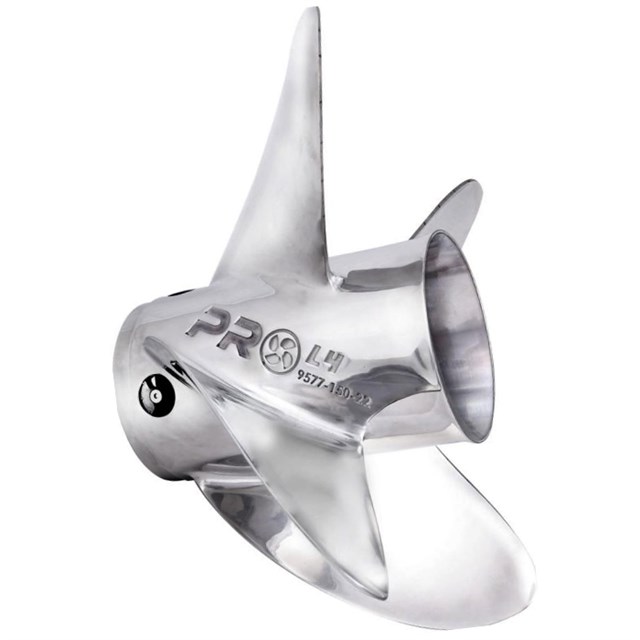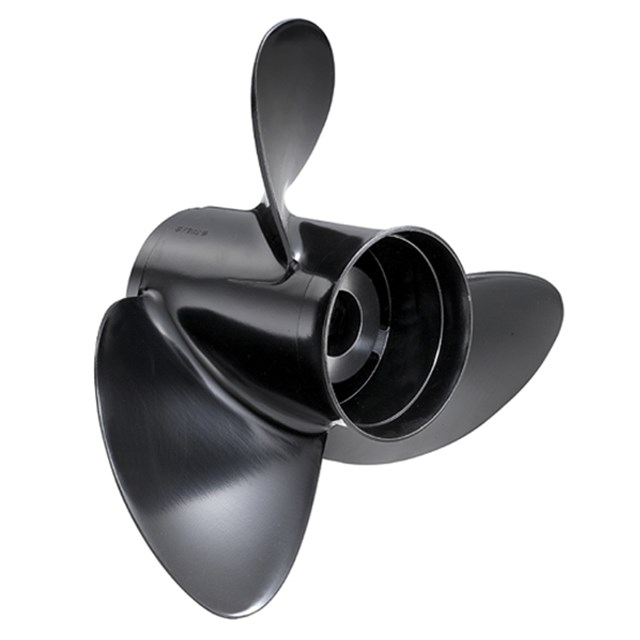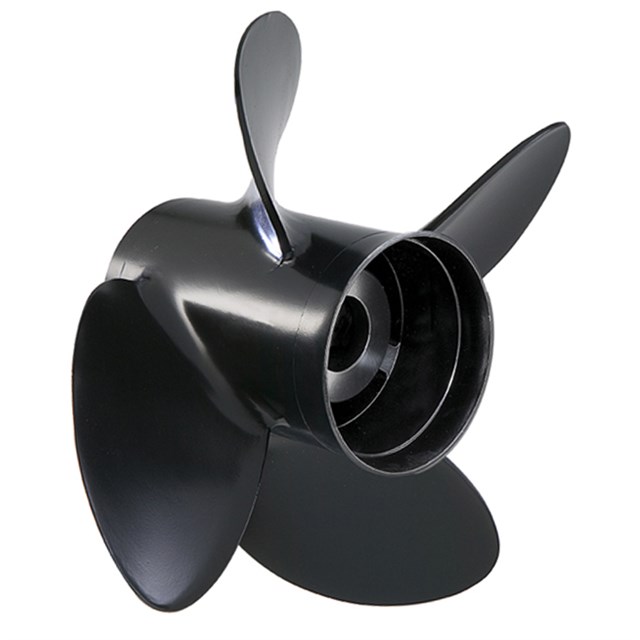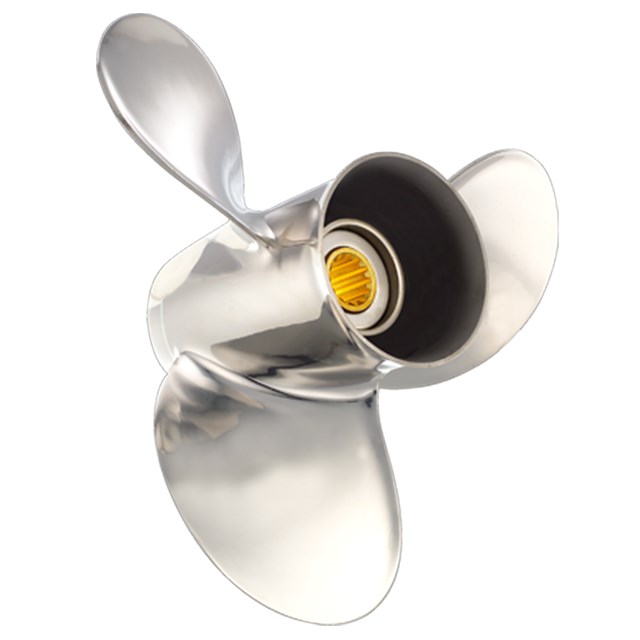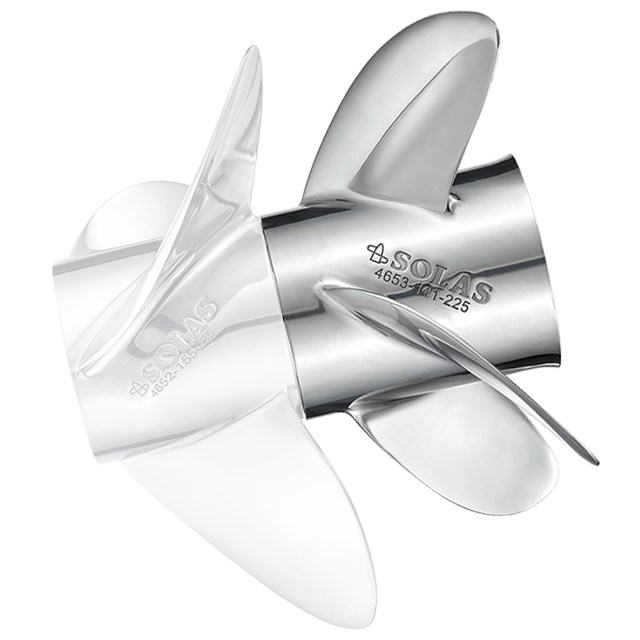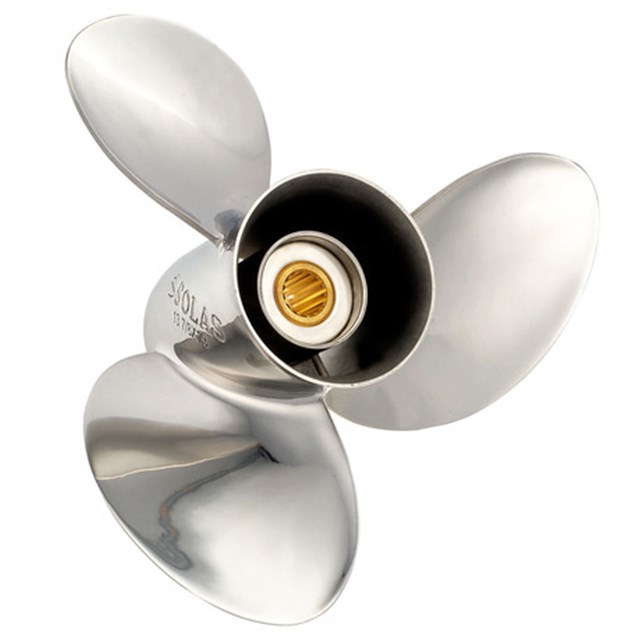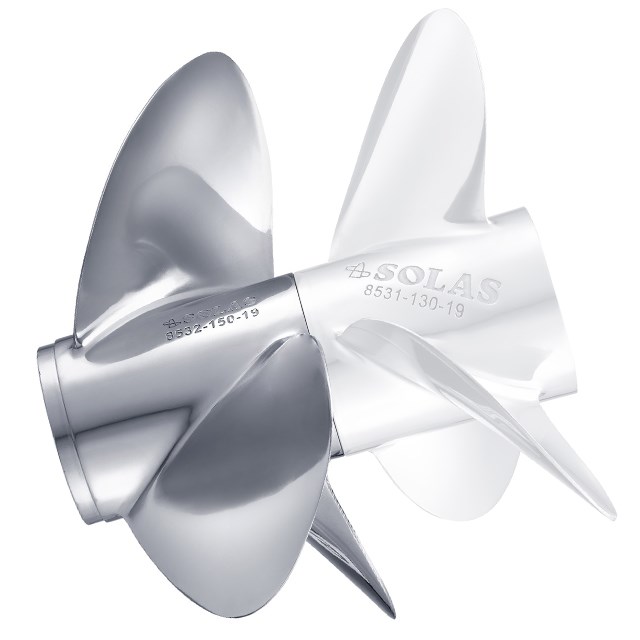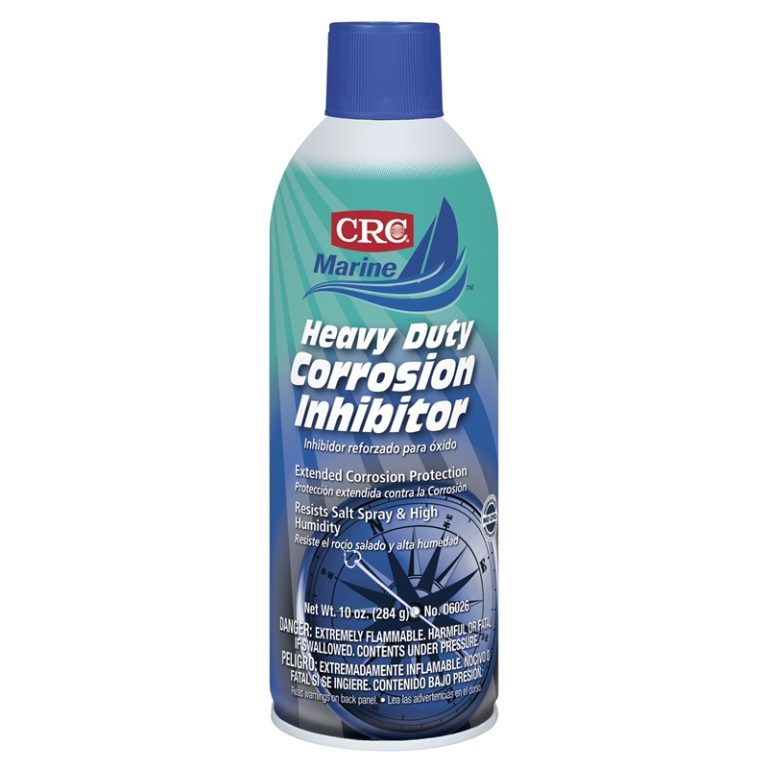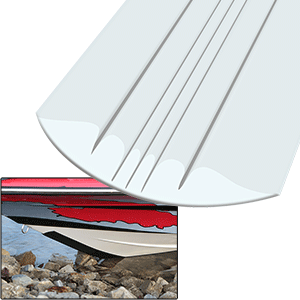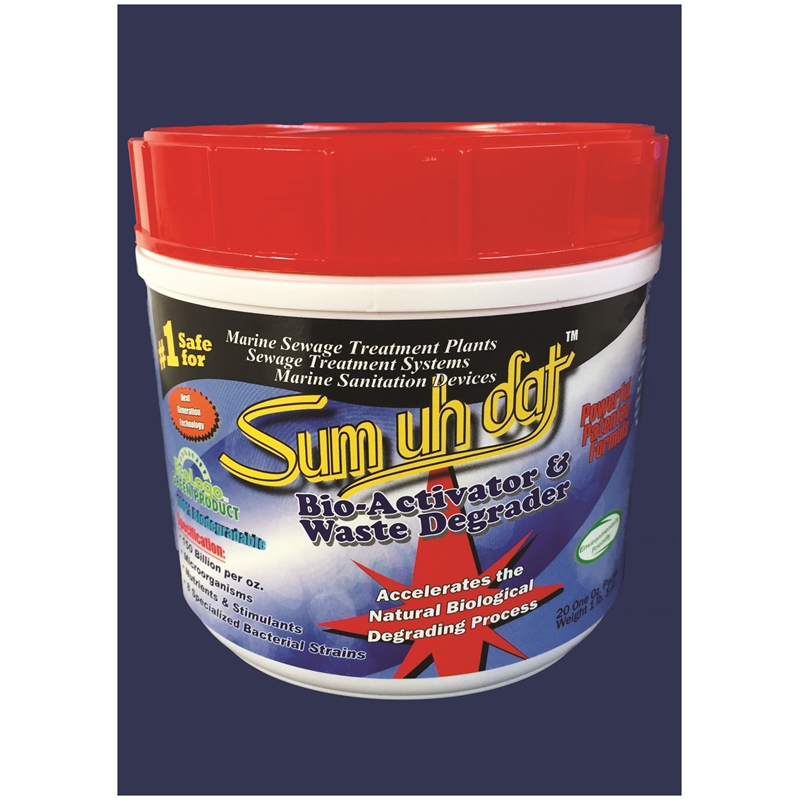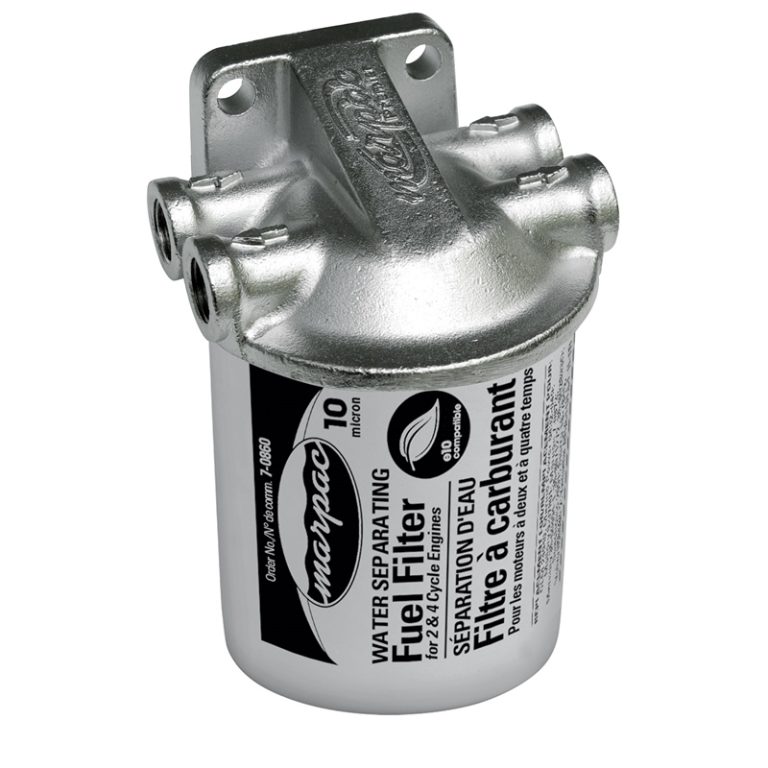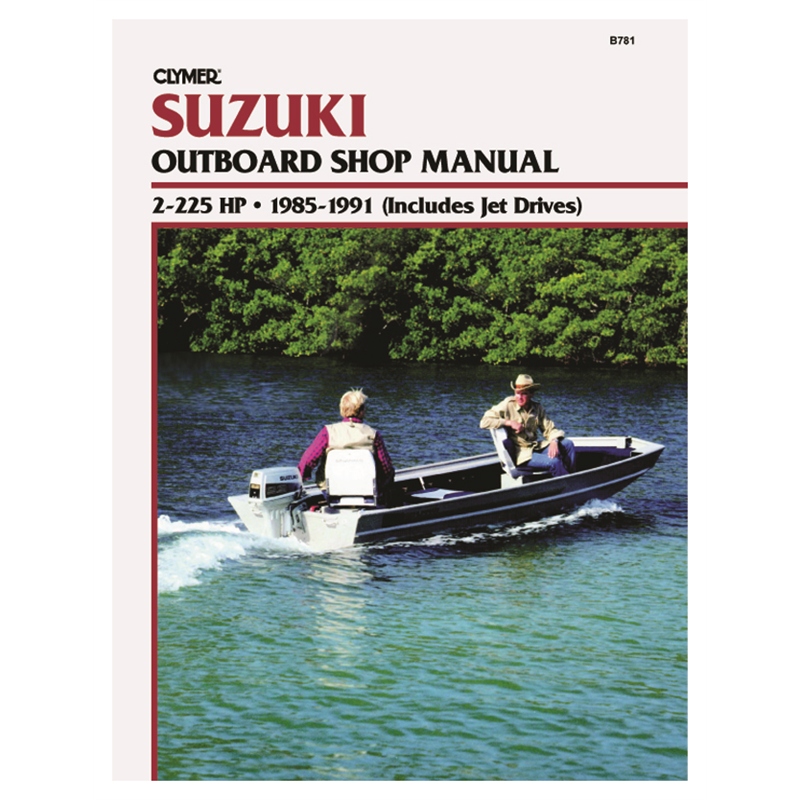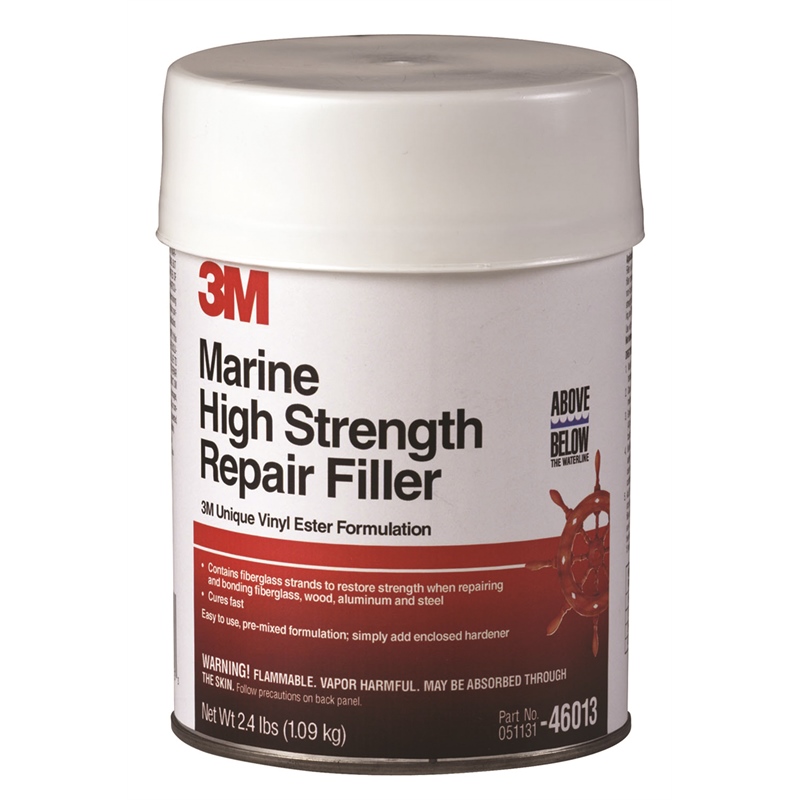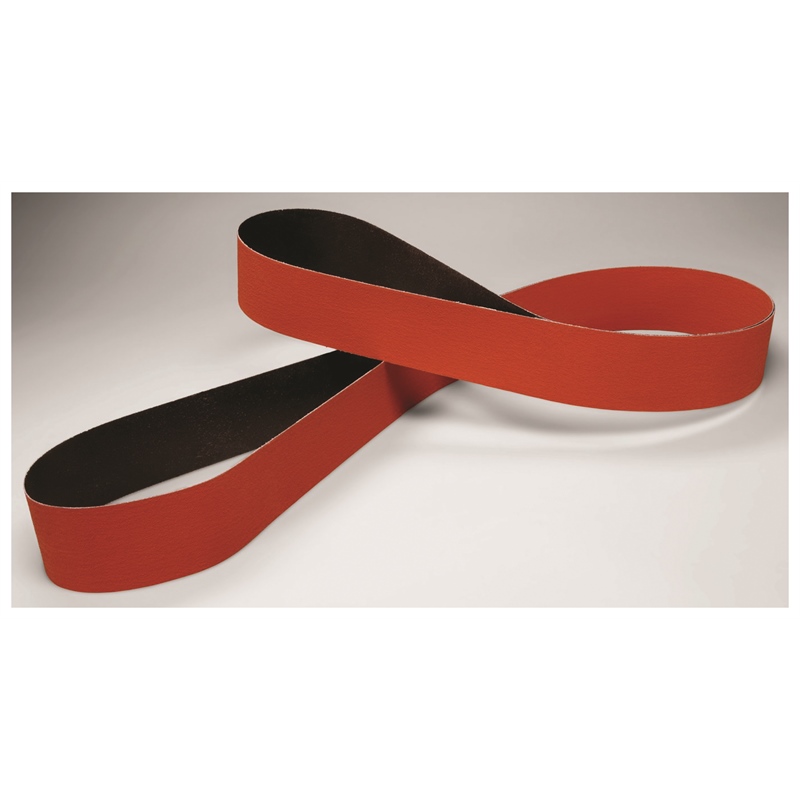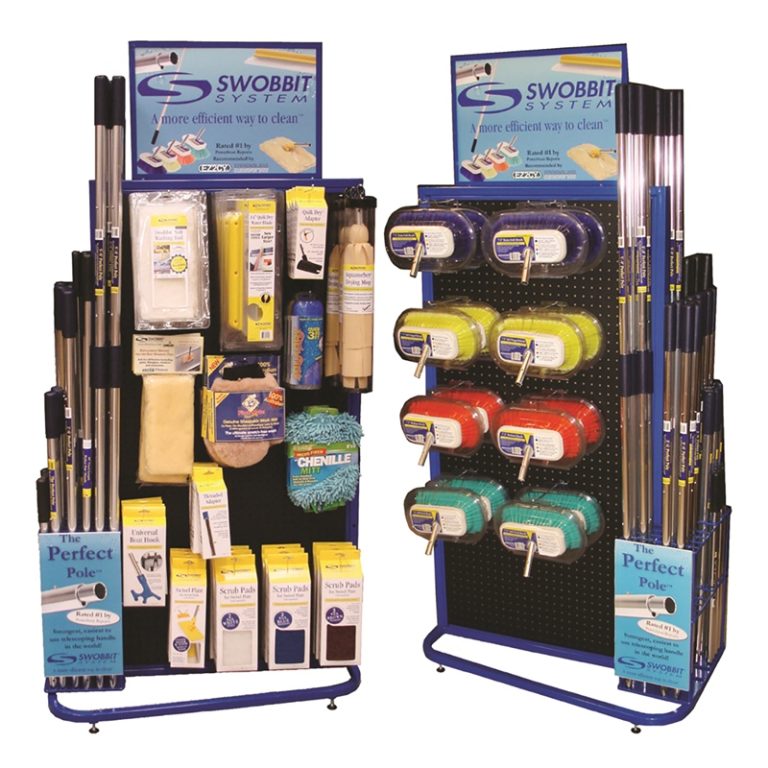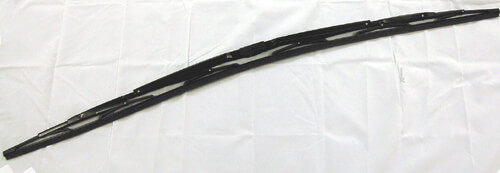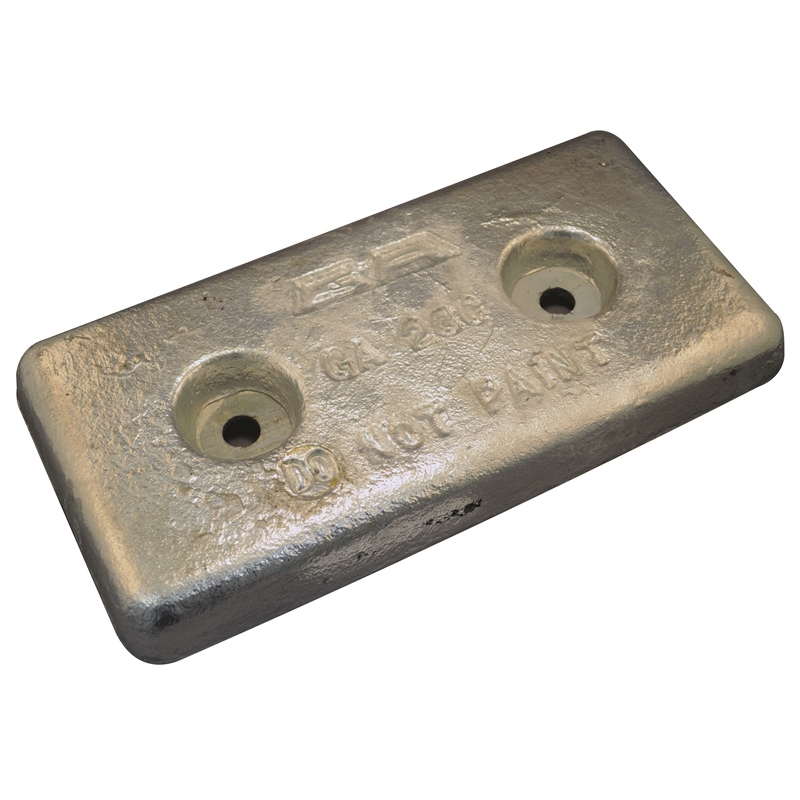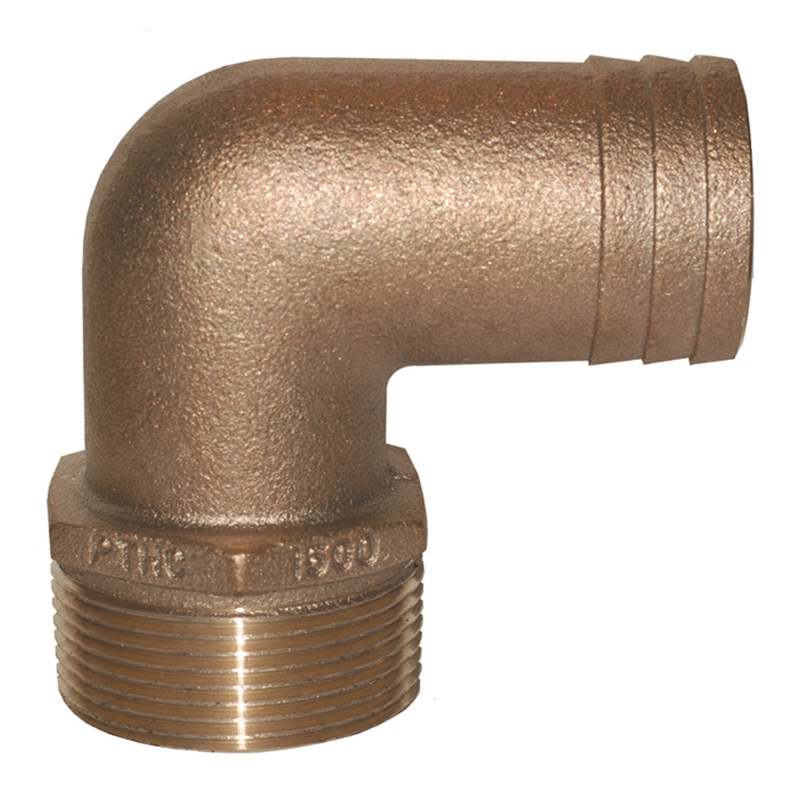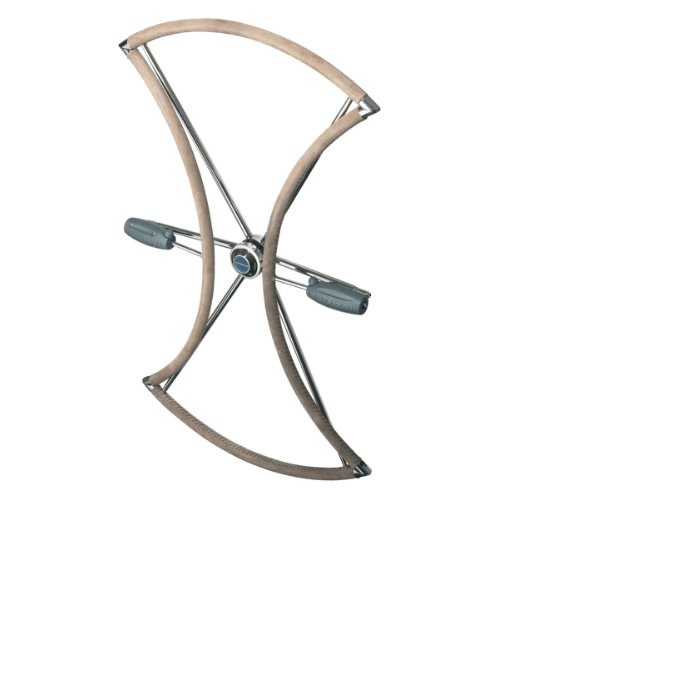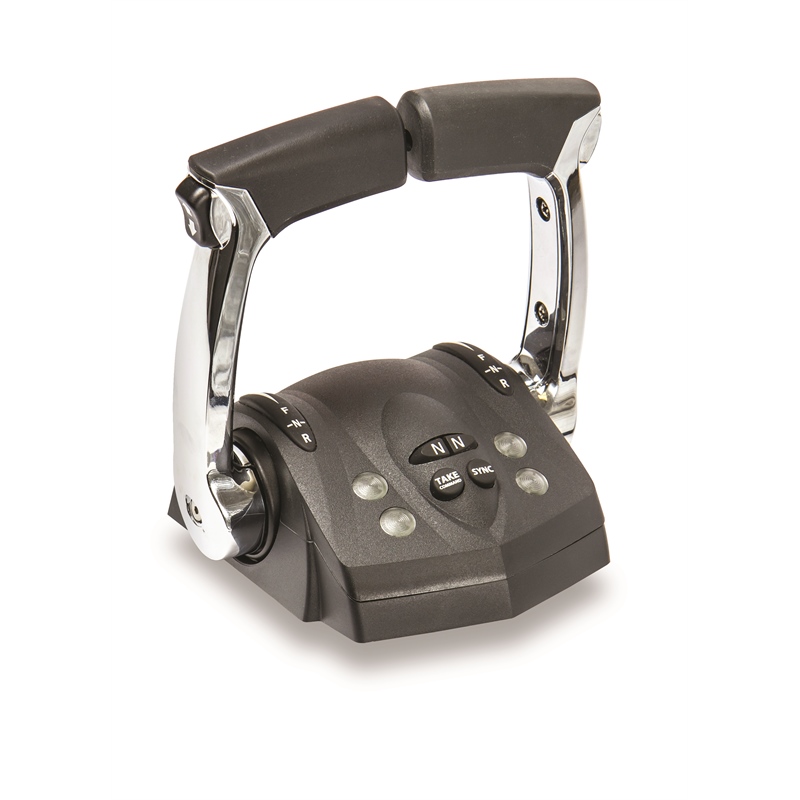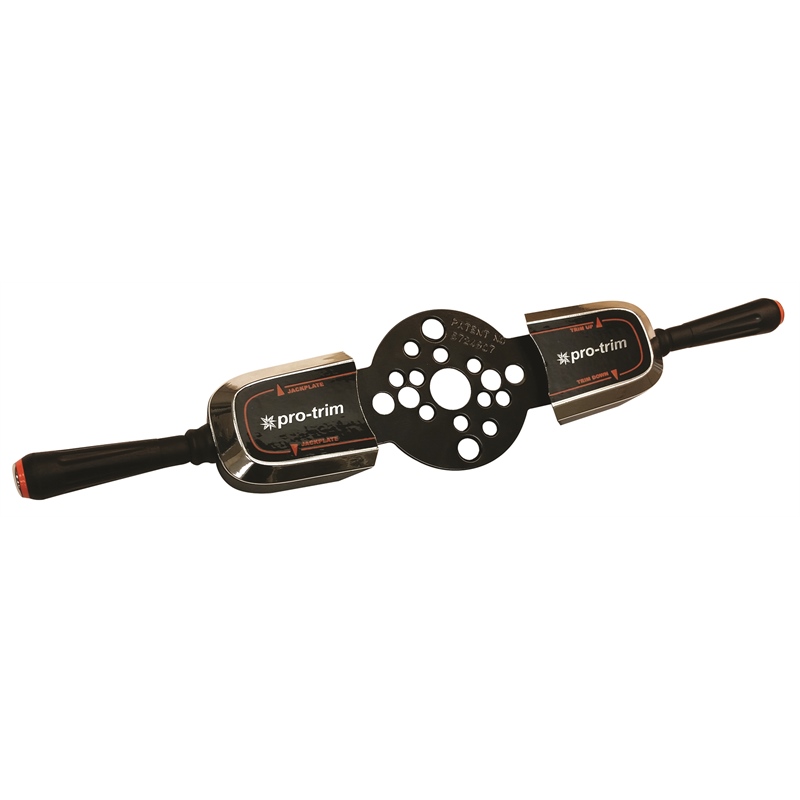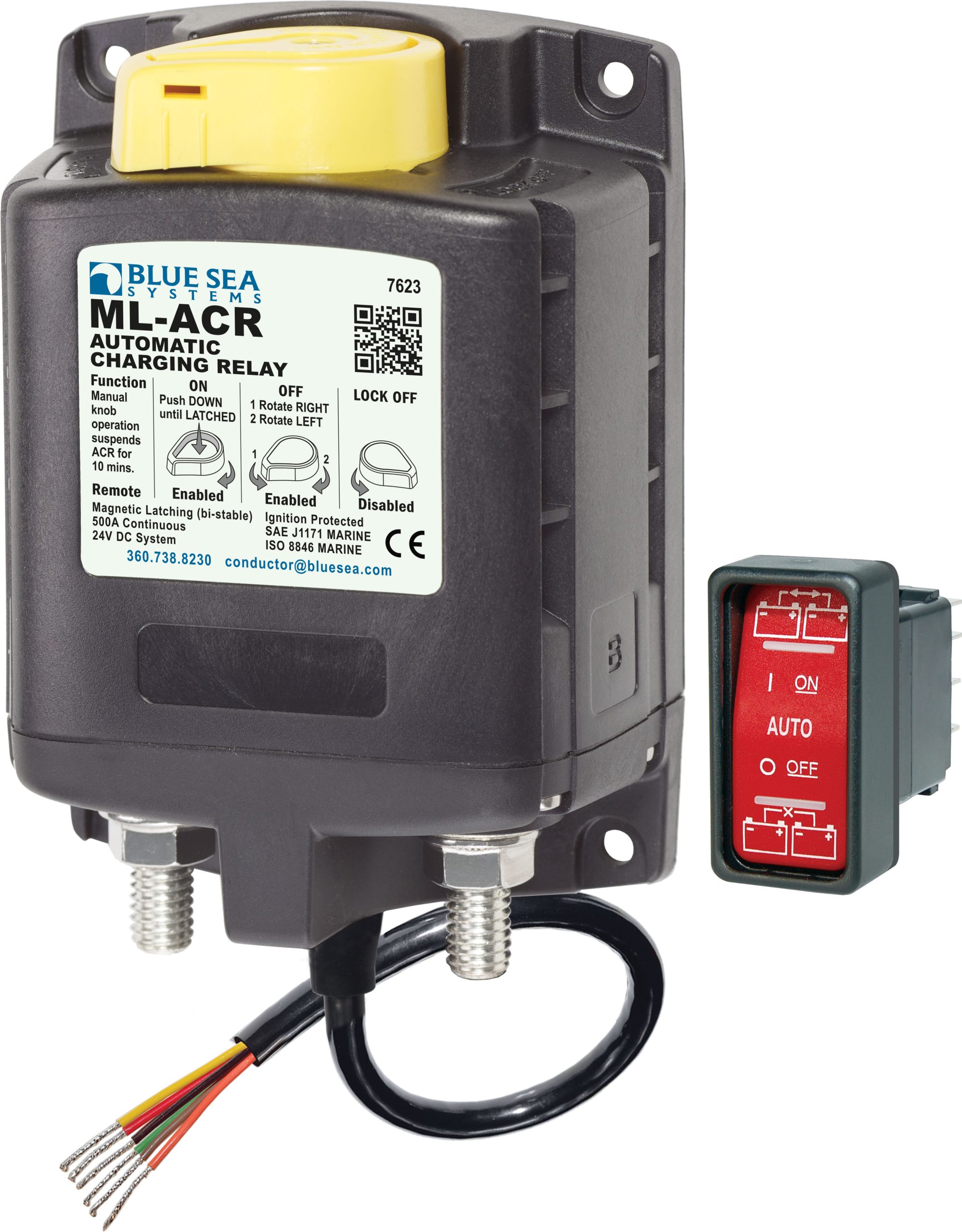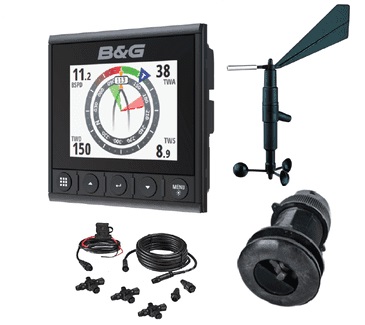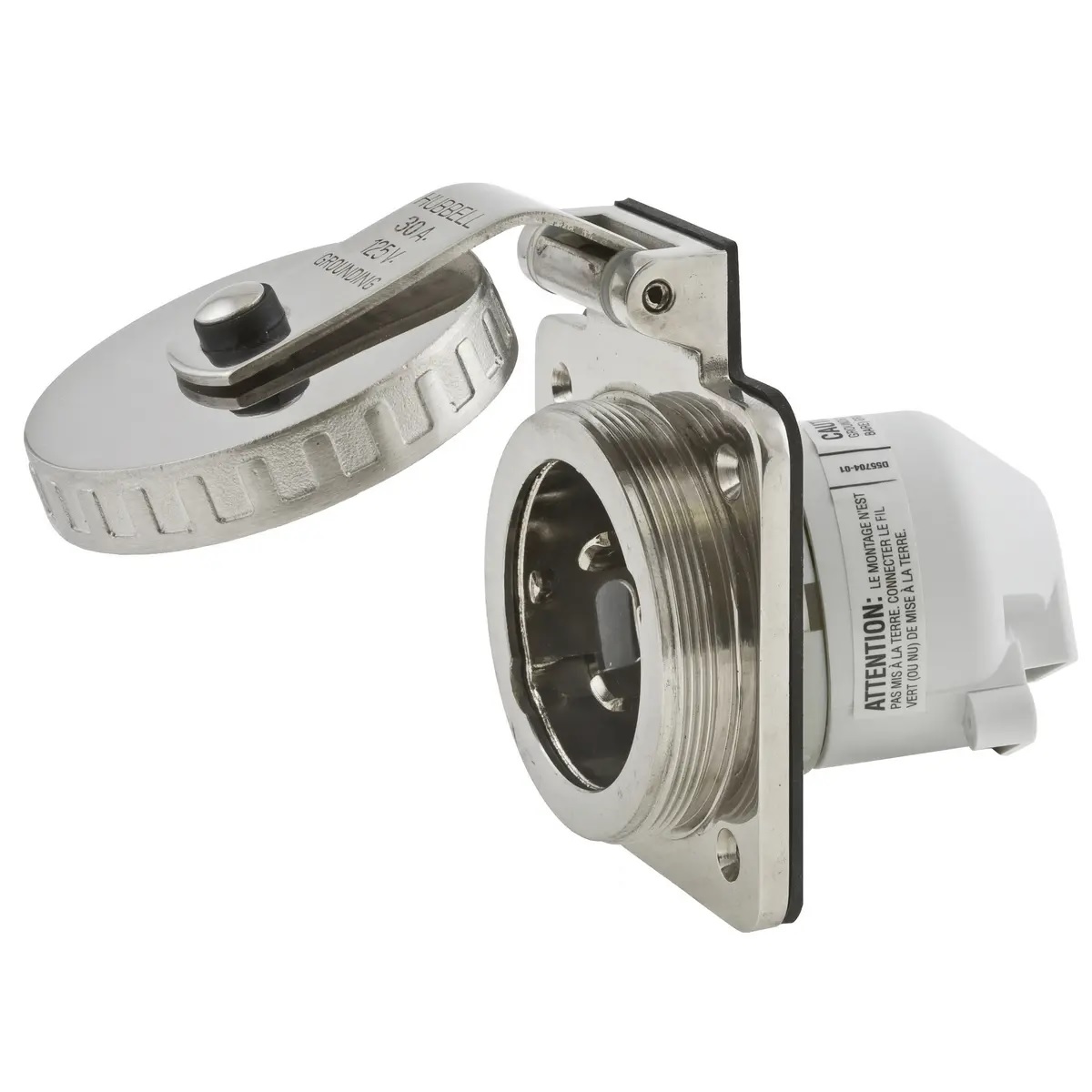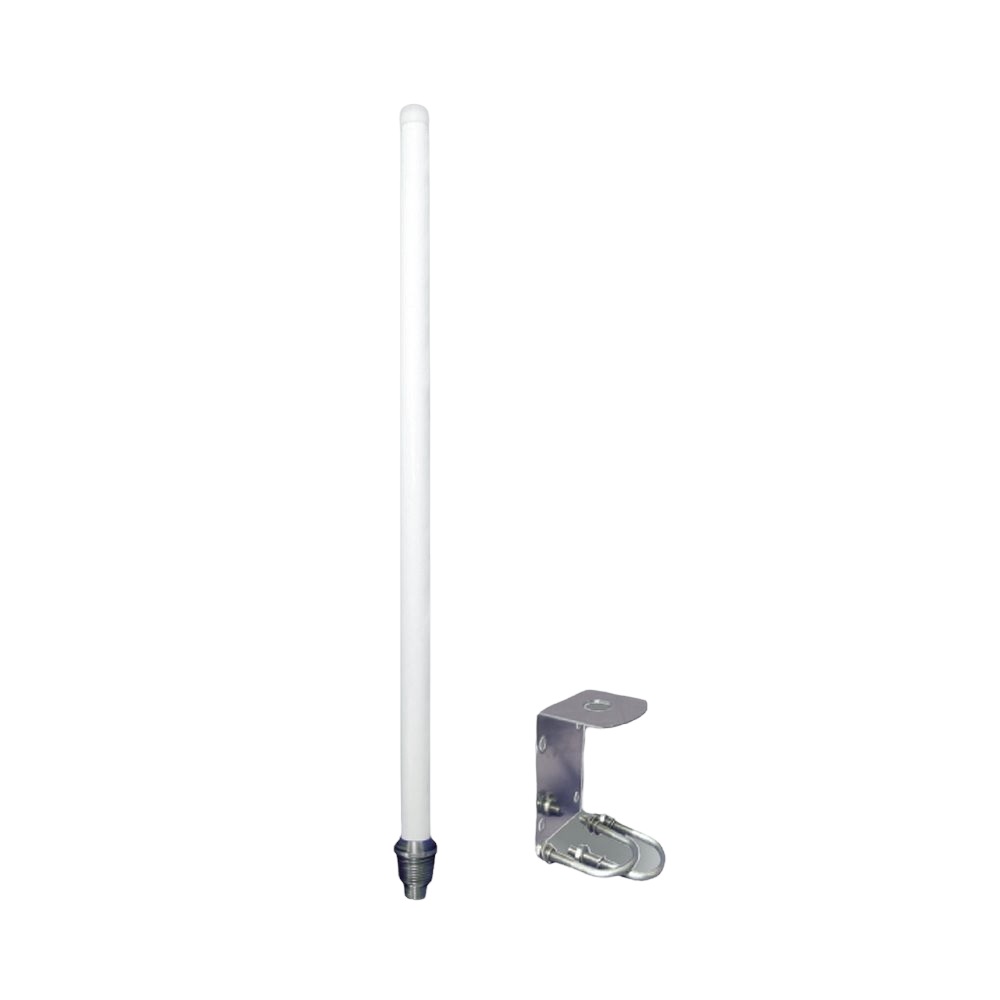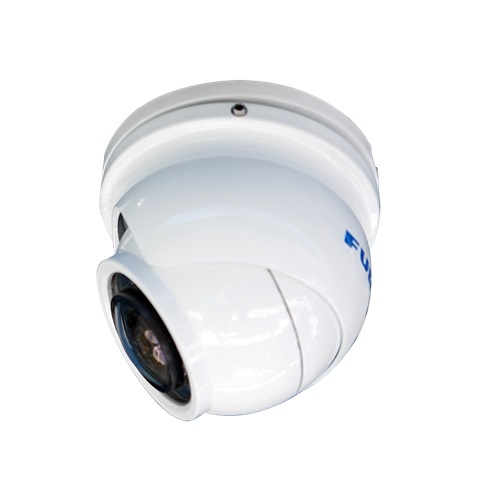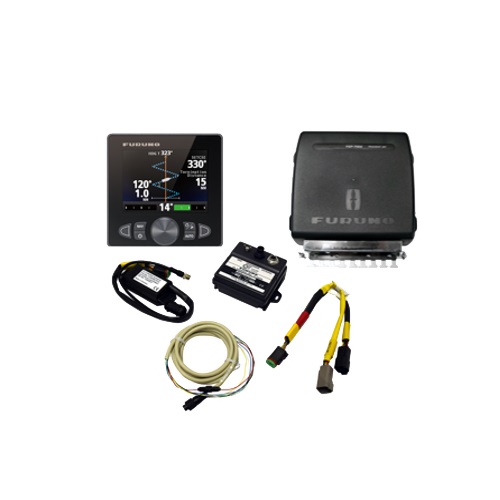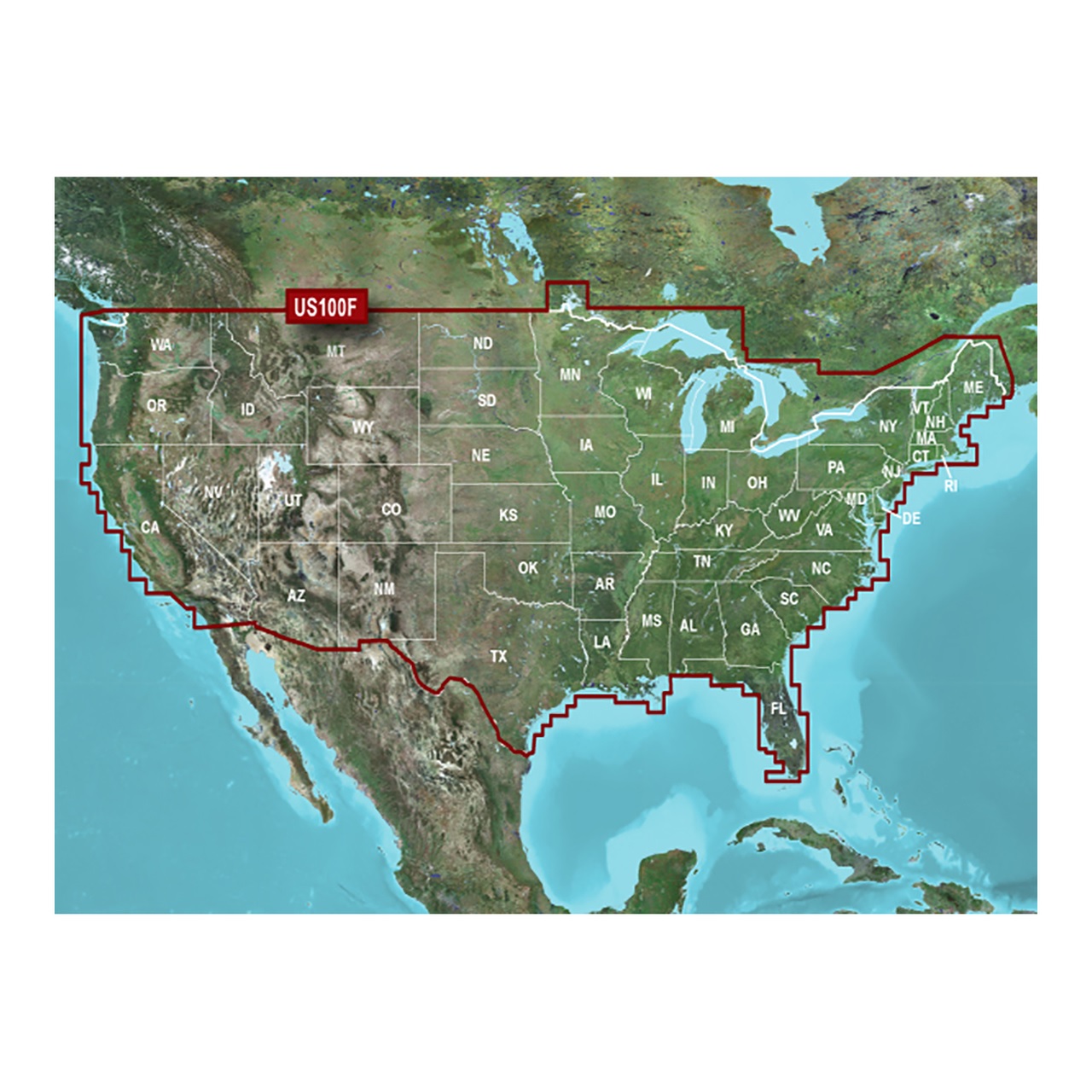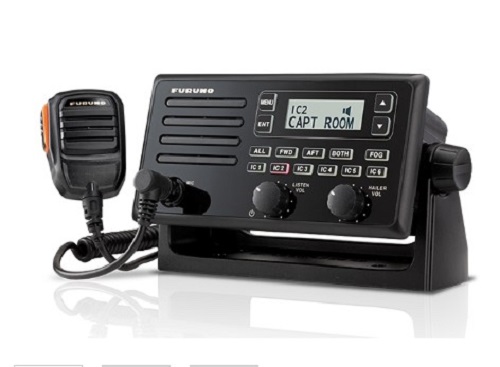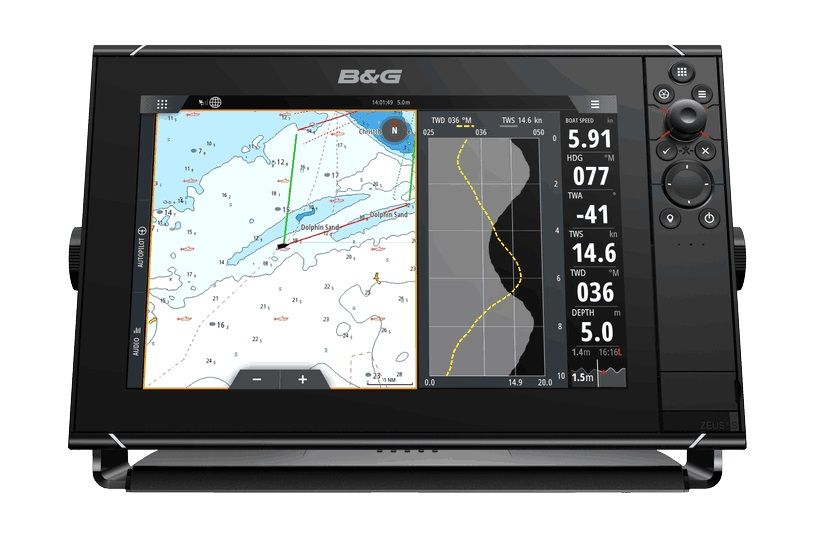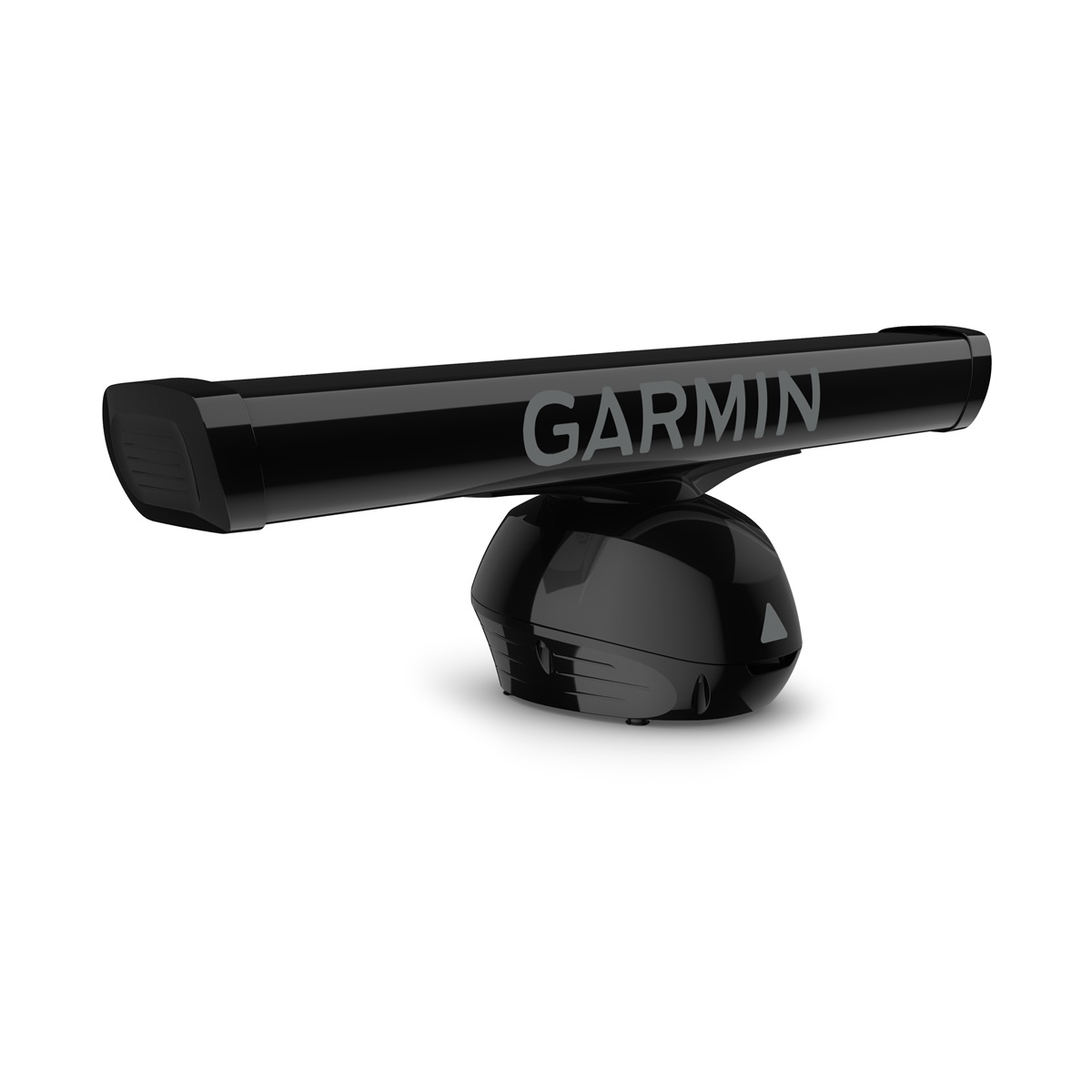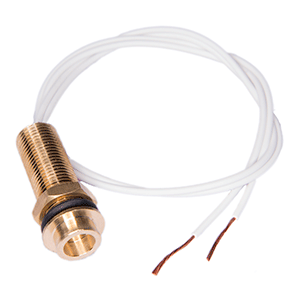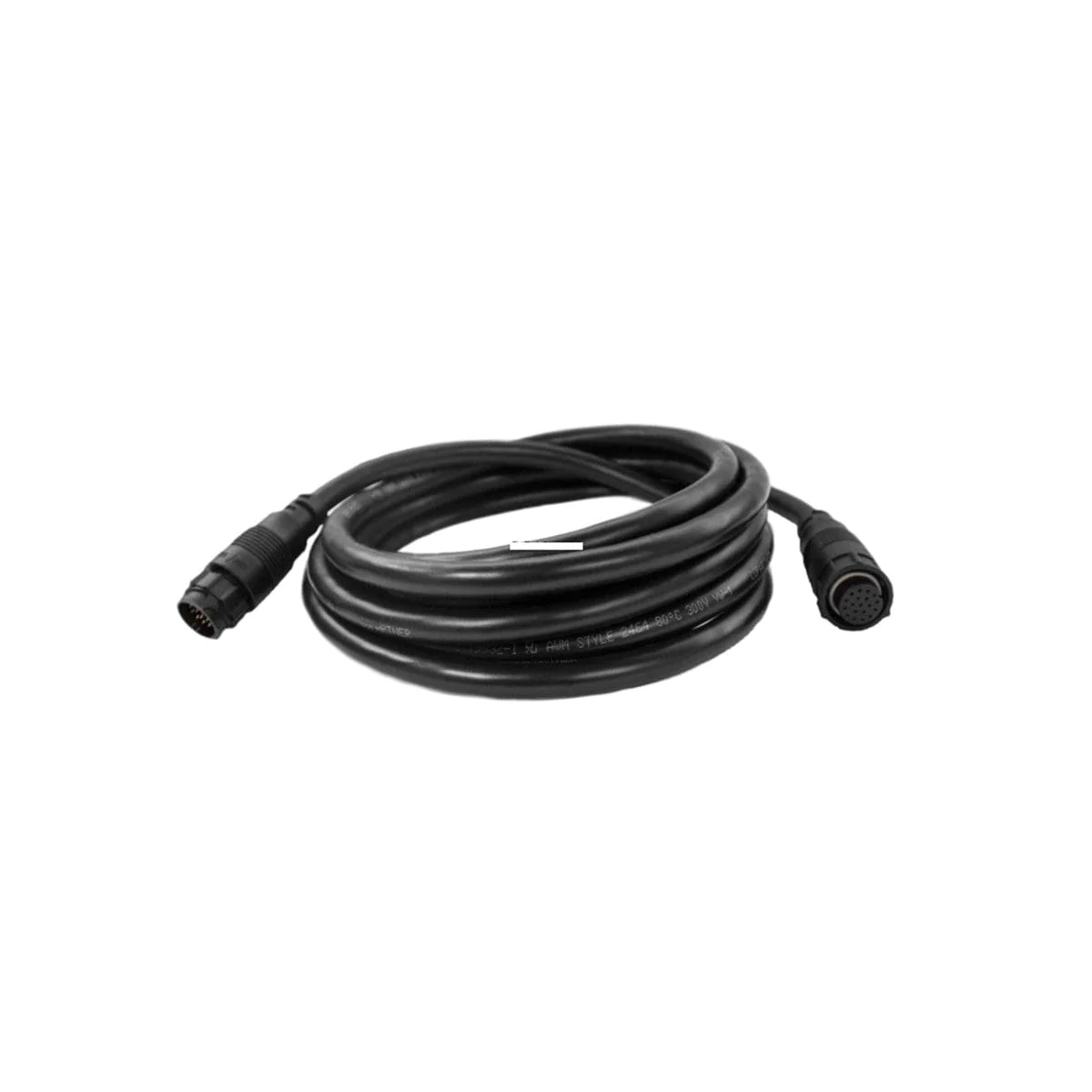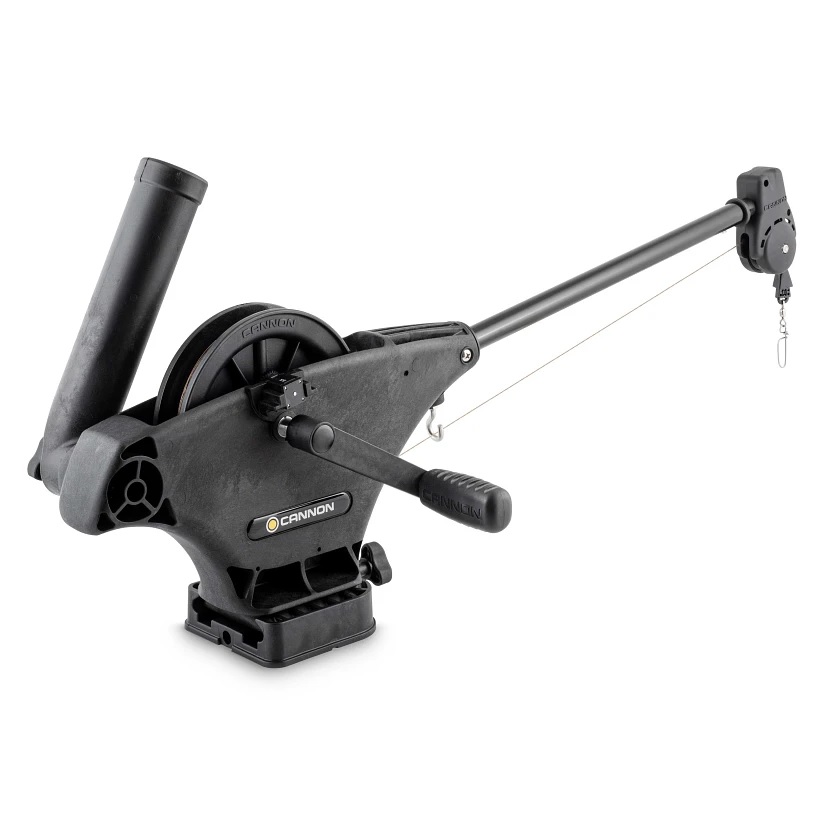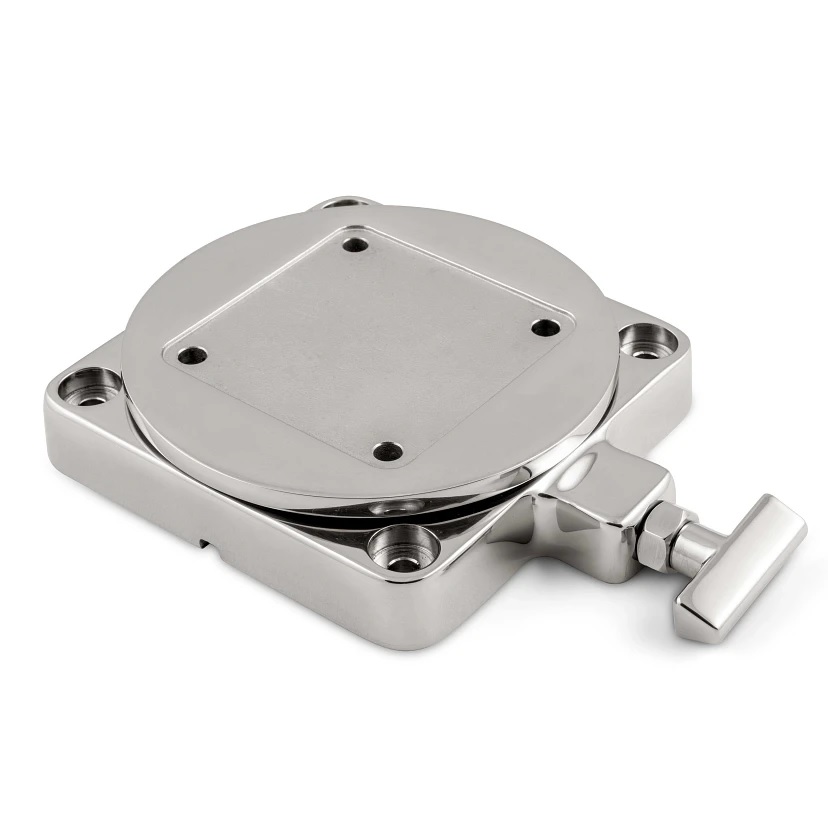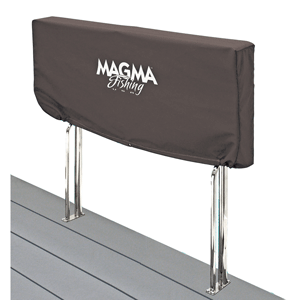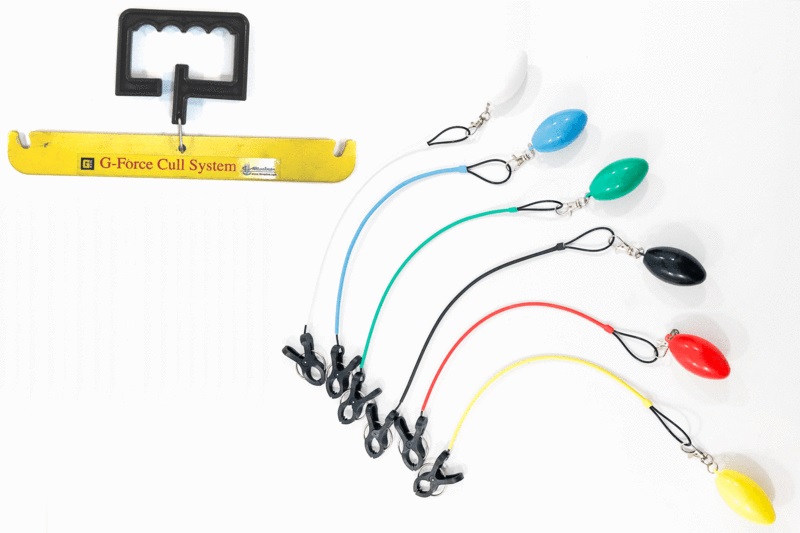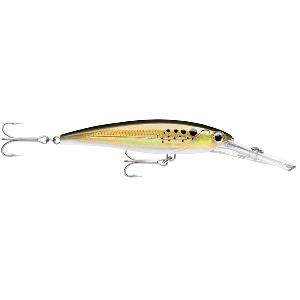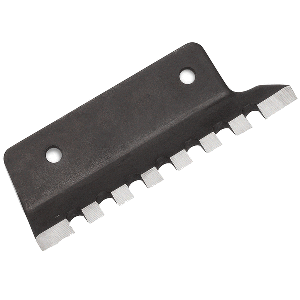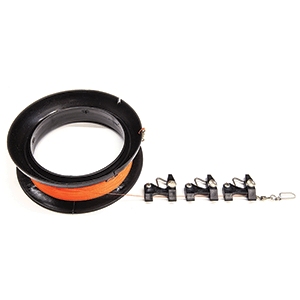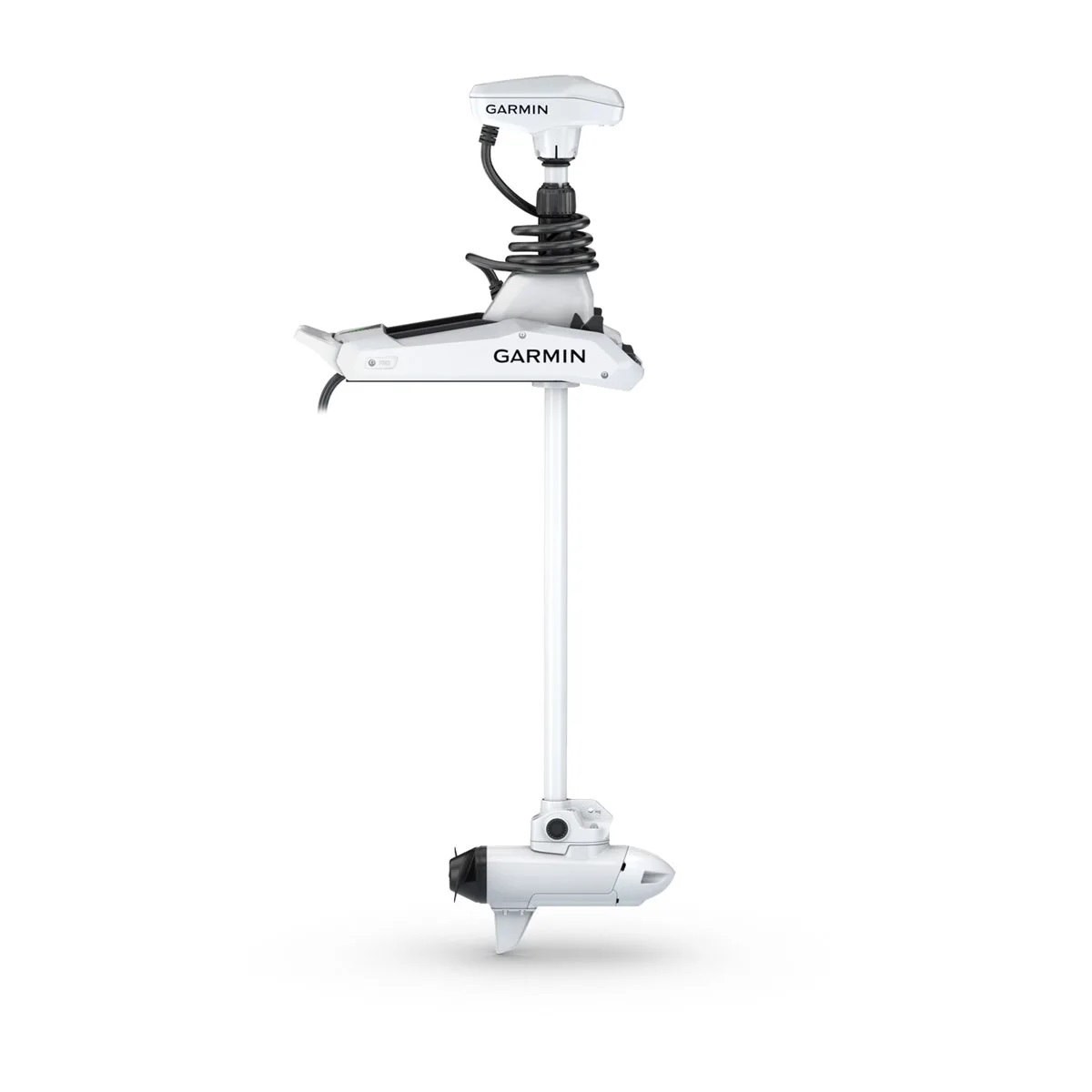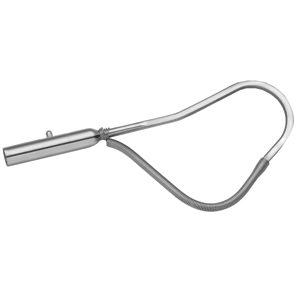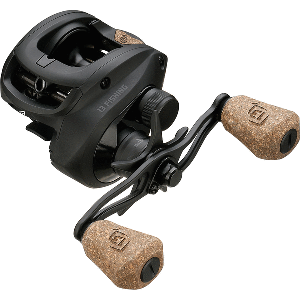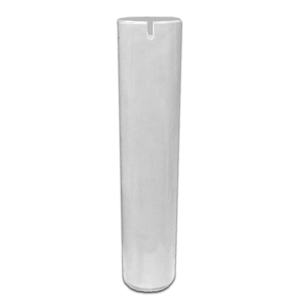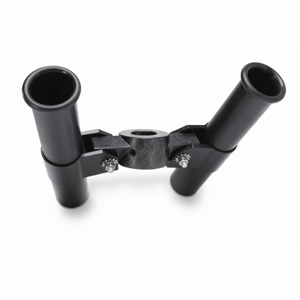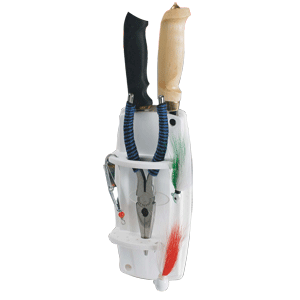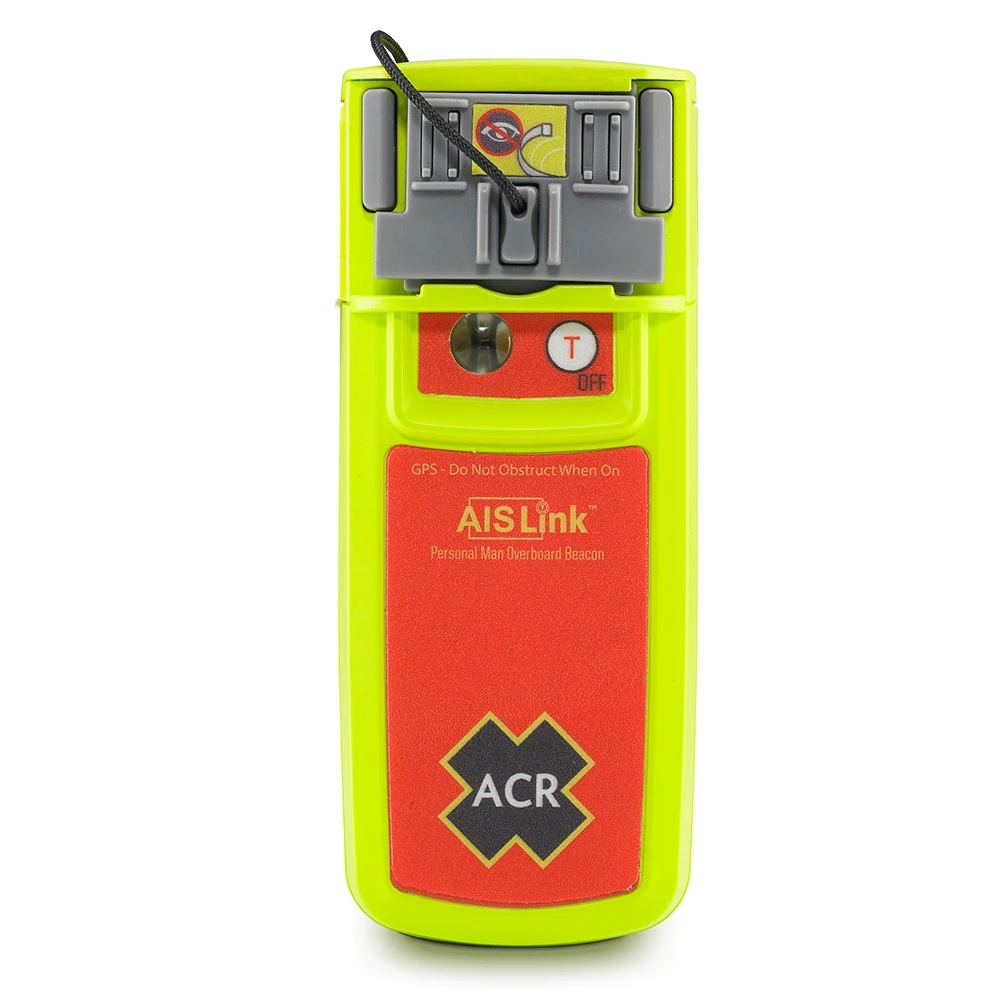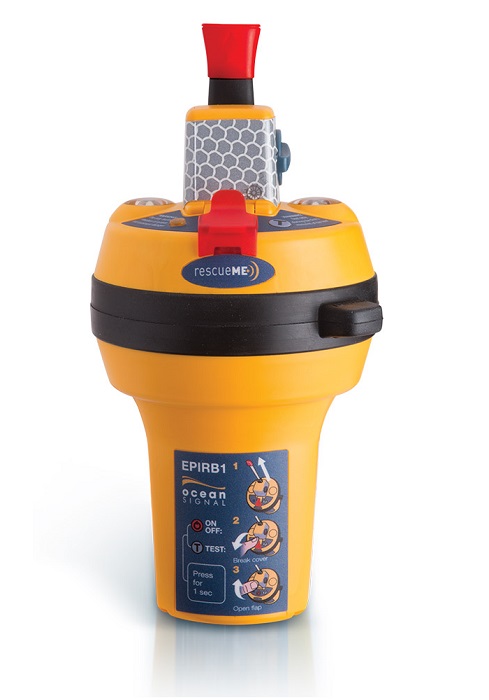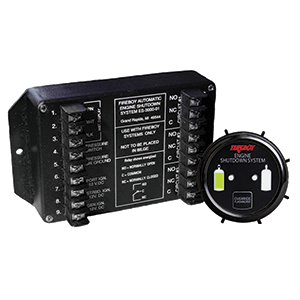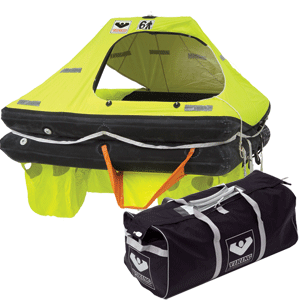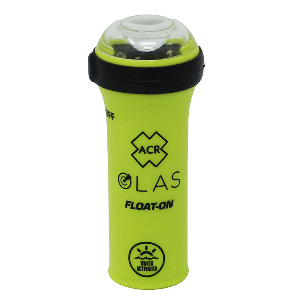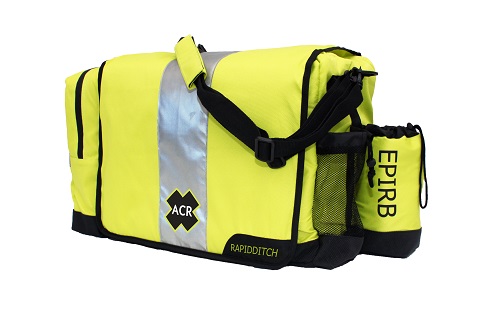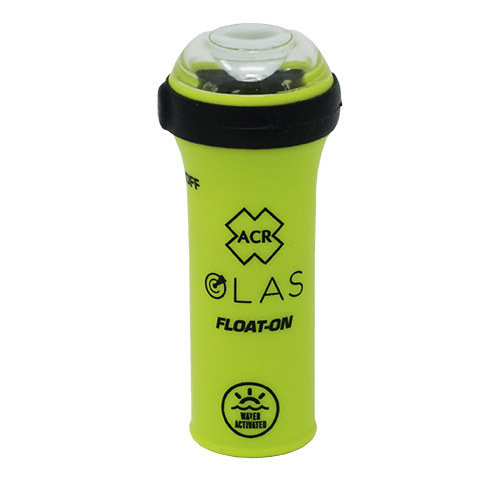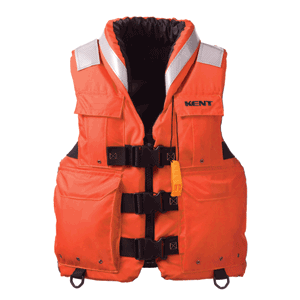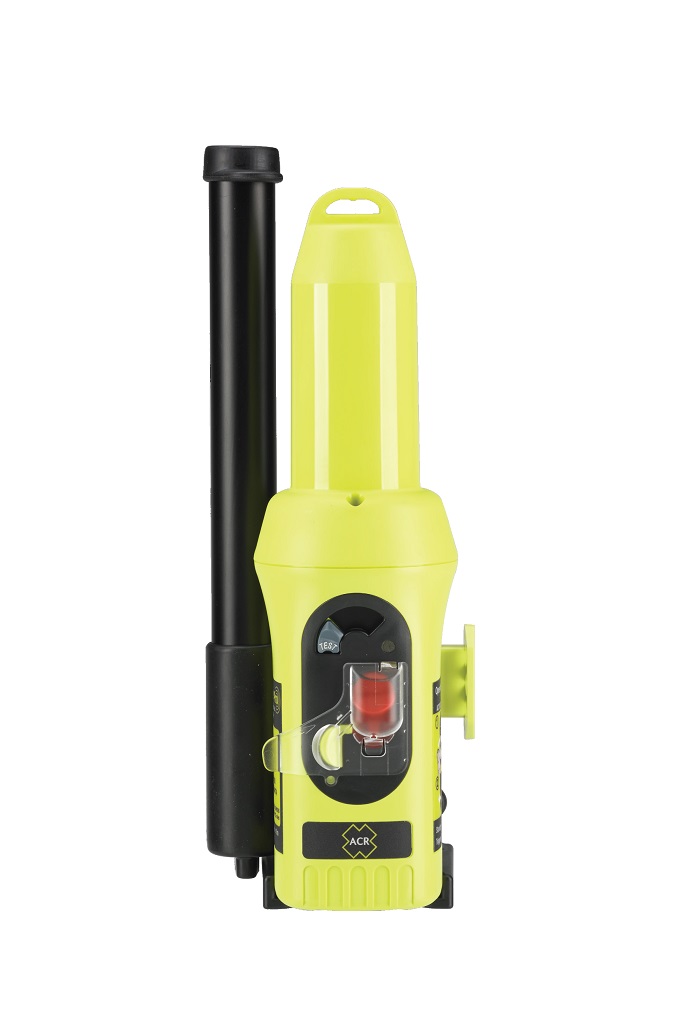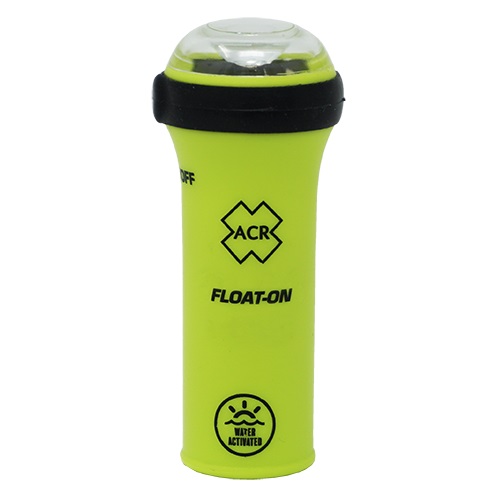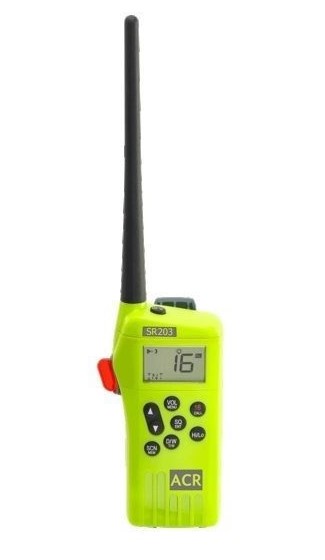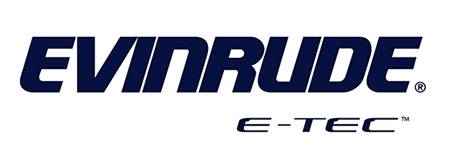Why Your Yamaha Lower Unit Won’t Shift into Gear
Introduction
If your Yamaha lower unit won’t shift into gear, it’s more than just frustrating—it can sideline your entire boating experience. Whether you’re stuck in neutral or grinding gears with no forward or reverse engagement, this common yet serious issue often points to problems within the gearcase, linkage, or control cables. Addressing these symptoms early prevents costly damage and restores smooth functionality to your Yamaha outboard engine.
This guide is your comprehensive resource for diagnosing and fixing Yamaha lower unit gear-shifting problems. From basic maintenance to expert recommendations, we’ll help you get back on the water fast.
Overview / What Is a Yamaha Lower Unit and Why It Matters
The Yamaha lower unit, also referred to as the gearcase, is the underwater portion of an outboard motor. It contains the gears, driveshaft, propeller shaft, and water pump. The lower unit’s job is to transfer engine power to the propeller, propelling your boat forward or backward depending on the selected gear.
If your Yamaha lower unit won’t shift into gear, it affects your entire propulsion system. Causes may include mechanical failures, control cable misalignment, worn clutch dog components, or even internal corrosion. Addressing these issues promptly ensures reliable and safe boating operations.
Common Reasons Your Yamaha Lower Unit Won’t Shift Into Gear
1. Control Cable Malfunction
Worn, stretched, or improperly adjusted shift cables are among the leading causes when a Yamaha lower unit won’t shift into gear. These cables transmit movement from the throttle/shifter to the lower unit shift rod. If the travel is too short or out of sync, gears may not fully engage.
To check this, remove the control cable and manually shift the gear selector at the engine. If it engages manually but not via the control, cable adjustment or replacement may be necessary.
2. Damaged Clutch Dog or Forward/Reverse Gears
The clutch dog is a splined collar that engages either the forward or reverse gear depending on the direction. Over time, improper shifting or running aground can cause the dog or gears to round off. This can prevent full engagement and cause gear slippage or failure to shift entirely.
Repairing this often requires opening the gearcase to inspect and replace the worn parts. It’s advisable to seek professional help if you’re not experienced with marine gear systems.
Signs Your Yamaha Lower Unit Has Internal Problems
Sometimes the problem lies deep within the gearcase. Here are common symptoms indicating internal failure:
- Grinding or rattling noise when attempting to shift
- Stuck in neutral or unable to shift into forward/reverse
- Propeller spins freely but the engine revs without propulsion
- Milky or metal-laced gear oil indicating water intrusion or metal wear
In such cases, a full tear-down of the lower unit is required to inspect gears, bearings, clutch dog, and shift shaft mechanisms.
3. Shift Shaft Misalignment or Damage
The vertical shift shaft inside the lower unit connects to the shift rod and clutch mechanism. Corrosion, improper installation, or impact damage can misalign or seize the shaft, preventing smooth gear transitions.
To check alignment, remove the lower unit and inspect the shift shaft splines and their engagement with the upper linkage. Greasing and reseating may resolve minor issues; otherwise, replacement is needed.
4. Water Intrusion and Corrosion
If you notice milky oil during a gear oil change, it’s a clear sign that water has intruded into your lower unit. Prolonged water exposure causes rust and weakens gears, which can prevent shifting.
Replacing the seals, flushing with fresh oil, and inspecting the internal components can resolve this—especially if caught early. Use quality marine grease and replace gaskets routinely.
How to Troubleshoot a Yamaha Lower Unit That Won’t Shift
Troubleshooting the issue begins with isolating whether the problem is external (like cables) or internal (like gears). Here’s a simple process:
- Remove the cowling and shift cables.
- Manually shift the lever to check gear engagement.
- Check propeller movement in each gear manually.
- Inspect the gear oil for metal shavings or water.
- If internal damage is suspected, remove the lower unit for inspection.
Always consult your Yamaha service manual for specs and recommended service intervals.
Maintenance Tips
Routine care can prevent most issues with a Yamaha lower unit. Follow these essential tips:
- Change gear oil every 100 hours or annually—whichever comes first
- Grease fittings including the propeller shaft, shift shaft, and pivot points
- Inspect seals around the water pump and driveshaft to prevent water intrusion
- Flush the unit after saltwater use to prevent corrosion
- Visually inspect the prop for damage that may transmit shock to internal gears
By following these practices, you’ll prolong the life of your gearcase and reduce the chance of failure when you least expect it.
Expert Advice and Pro Recommendations
Marine mechanics suggest the following to keep your Yamaha lower unit shifting smoothly:
- Always shift decisively—slow shifts can wear the clutch dog
- Use only Yamaha-certified lower unit gear oil
- Check for loose linkages or control box play
- Replace the shift cable every 2–3 seasons for best performance
It’s also wise to keep a spare shift shaft seal and gasket kit onboard if you’re a frequent boater or run in heavy use conditions.
Detailed FAQ Section
Why won’t my Yamaha outboard go into gear?
Several issues could prevent your Yamaha outboard from going into gear, including a stretched or broken shift cable, stripped gears in the lower unit, misaligned shift shaft, or worn clutch dog. Start by disconnecting the shift cable and manually moving the shift lever on the engine. If it shifts properly this way, the control cable is likely the problem. If not, you may need to disassemble the lower unit for a deeper inspection.
How do I manually shift my Yamaha outboard to test gear engagement?
To manually shift a Yamaha outboard, remove the shift cable from the engine and rotate the shift lever by hand. With the engine off and prop removed for safety, turn the shift lever clockwise or counter-clockwise to check for engagement into forward and reverse. Turn the prop to see if it locks in either direction. If it doesn’t engage, the problem is likely internal to the lower unit.
What are signs of a worn clutch dog in a Yamaha lower unit?
Common signs include the engine slipping out of gear, grinding noises during gear engagement, and inability to fully engage either forward or reverse. A rounded clutch dog causes incomplete engagement with the gears, leading to wear and eventual gear failure. This typically requires disassembling the lower unit and replacing the clutch dog and any damaged gears.
Can water in the gear oil cause shifting issues?
Yes. Water in the gear oil can cause rust and corrosion inside the gearcase, especially on the clutch mechanism, bearings, and gears. Over time, this degrades performance and can seize the shift shaft or wear down internal parts. If you see milky or cloudy gear oil, flush and replace it immediately, then pressure test the unit to locate the source of water intrusion.
How much does it cost to repair a Yamaha lower unit that won’t shift?
Costs vary depending on the issue. Replacing a shift cable might cost $50–$150, while internal repairs like a new clutch dog or gearset can cost $500–$1500. In severe cases, replacing the entire lower unit may be more cost-effective. Aftermarket units from reputable sellers offer durable alternatives at competitive pricing. Maintenance is always cheaper than major repair or replacement.
Special Offer
WELCOME5 – Get 5% off storewide at allboatsupplies.com
And up to 10% additional off on all lower units
-
Yamaha Aftermarket Lower Unit Replaces 75-100HP (2 & 4 Stroke) – 2.0/2.3 Gear Ratios, 18 Spline, 20/25″ Shafts – SEI-90-404
-
Yamaha Aftermarket Lower Unit Replaces 115-130HP 4-Stroke – Fits 20/25″ Shafts – SEI-90-405
-
Yamaha 90° Aftermarket Lower Unit Replaces 150-200HP (2 & 4 Stroke) – Fits 20/25″ Shafts – SEI-90-416
-
Yamaha 150–200HP Lower Unit 4-Stroke – 20/25″ Shaft – F150/F175/F200 Series (2004–2024) – New/Remanufactured – YA-G4-06
Conclusion
If your Yamaha lower unit won’t shift into gear, don’t panic—but don’t ignore it either. From minor cable adjustments to full gearcase rebuilds, the issue ranges in complexity. Start with the basics: inspect the control cables, check manual gear engagement, and assess for any unusual sounds or signs of water intrusion.
Preventative maintenance, swift diagnosis, and knowing when to call a pro are the keys to smooth operation. For dependable parts and expert-approved solutions, visit allboatsupplies.com—your one-stop shop for Yamaha lower unit replacements and accessories.
Read More
For more helpful marine maintenance guides, check out our article on Why Is My Yamaha Lower Unit Making a Grinding Noise?.


